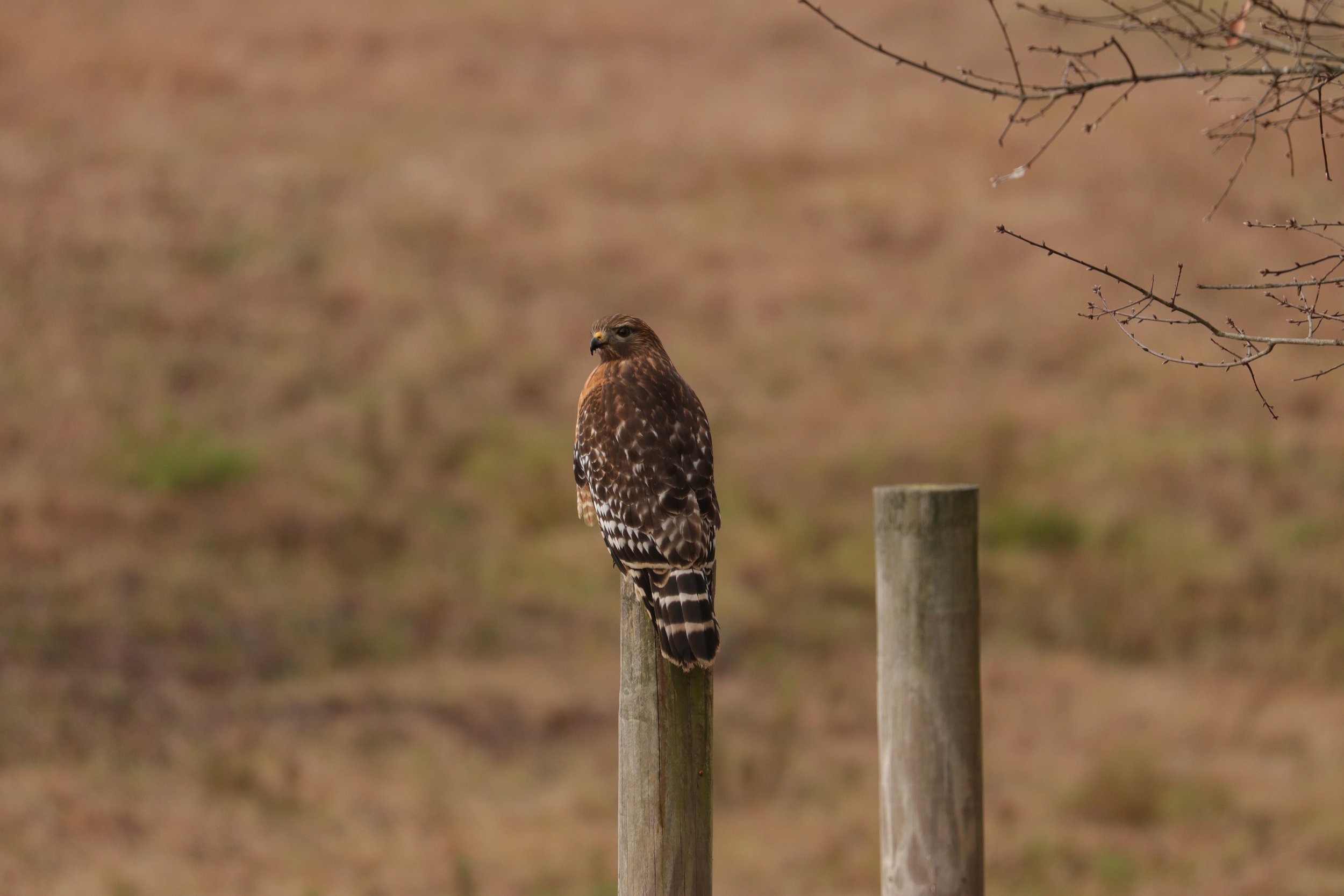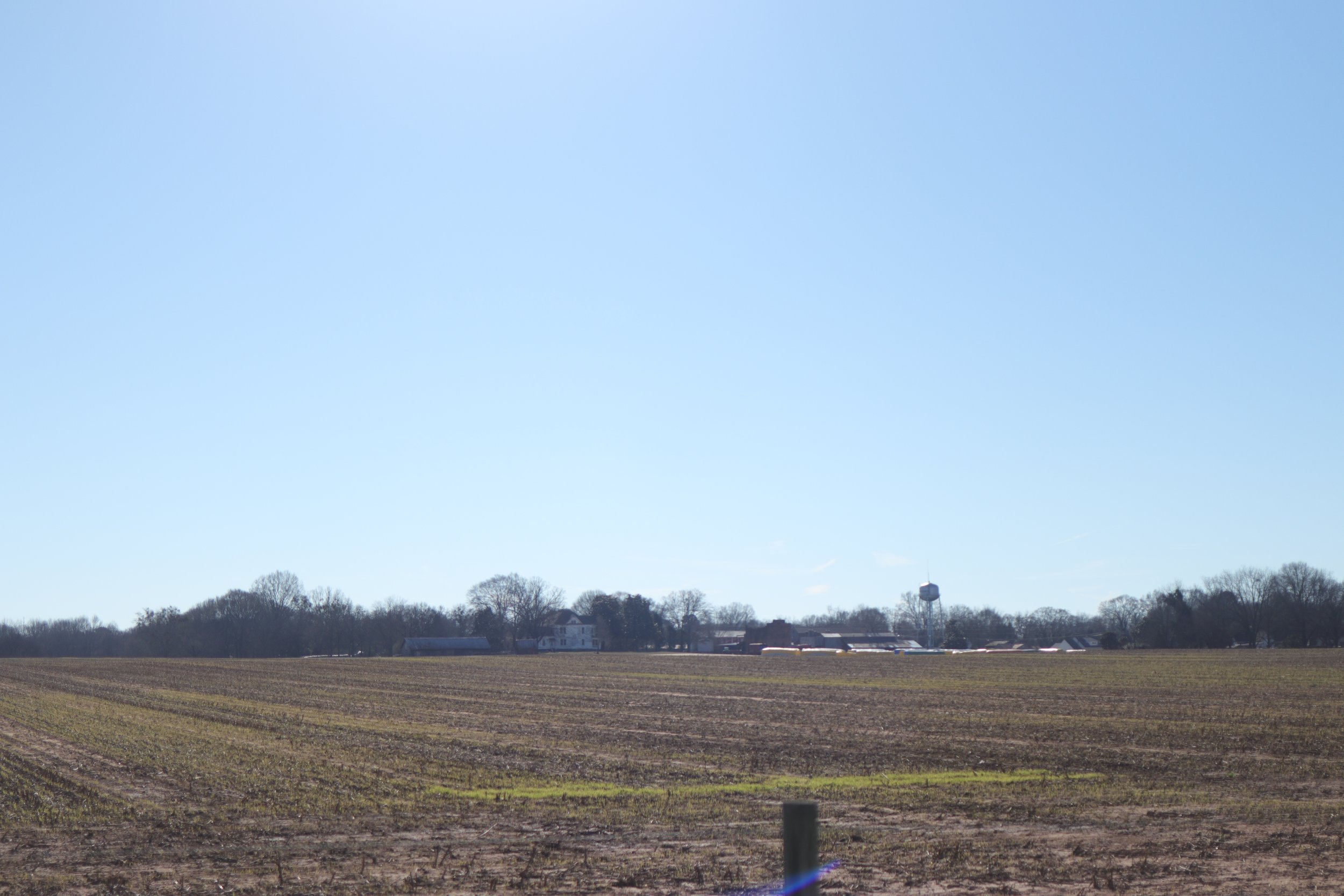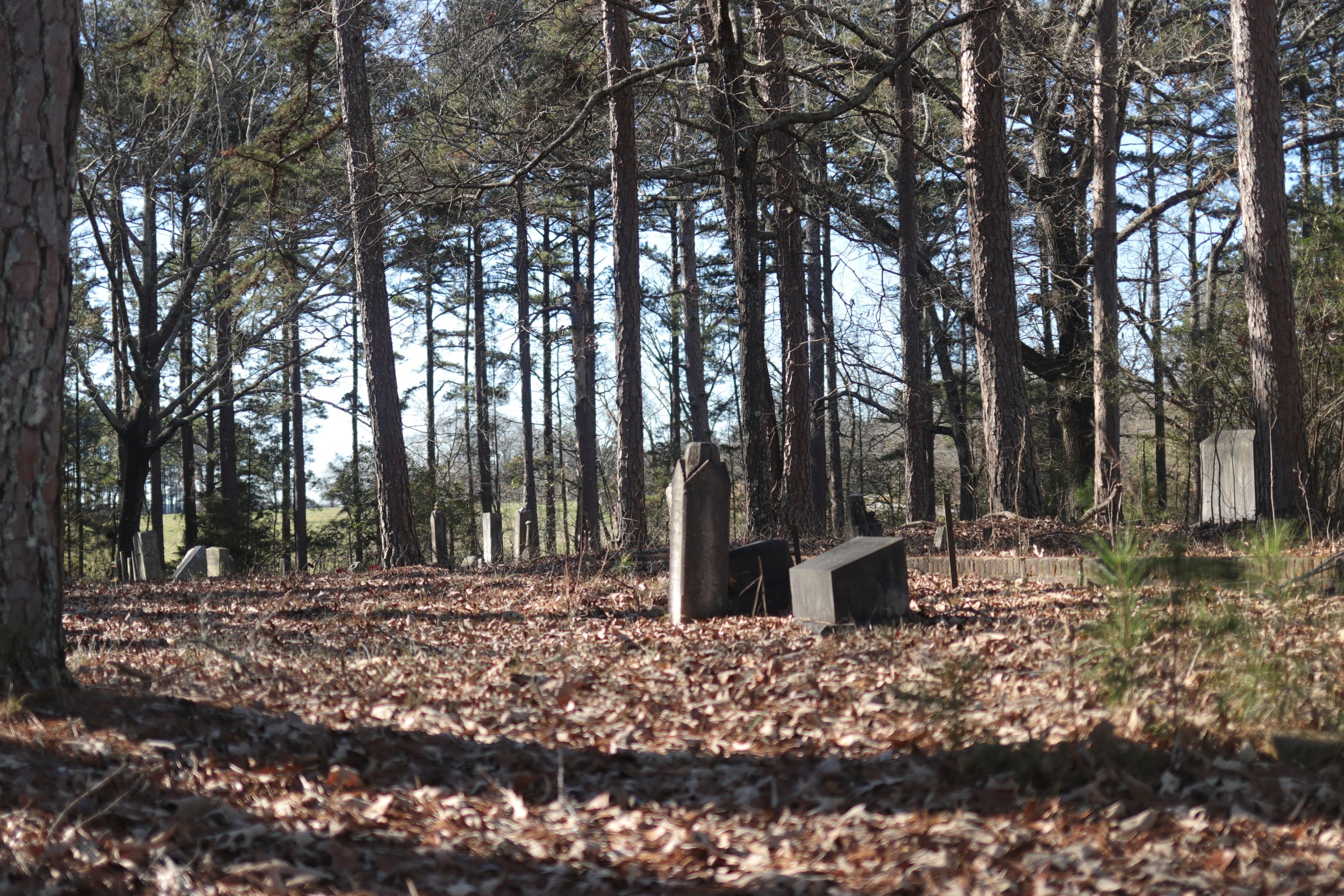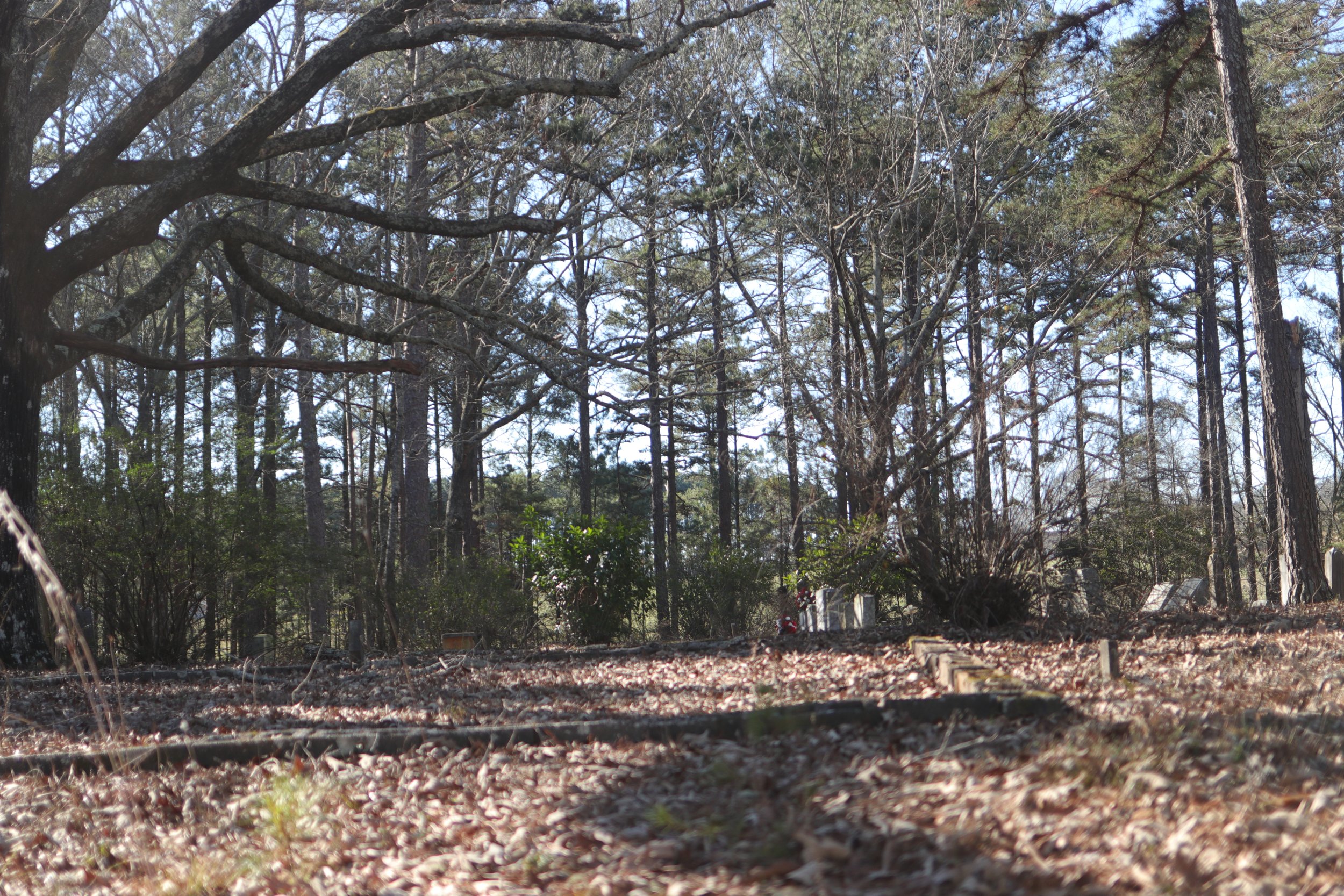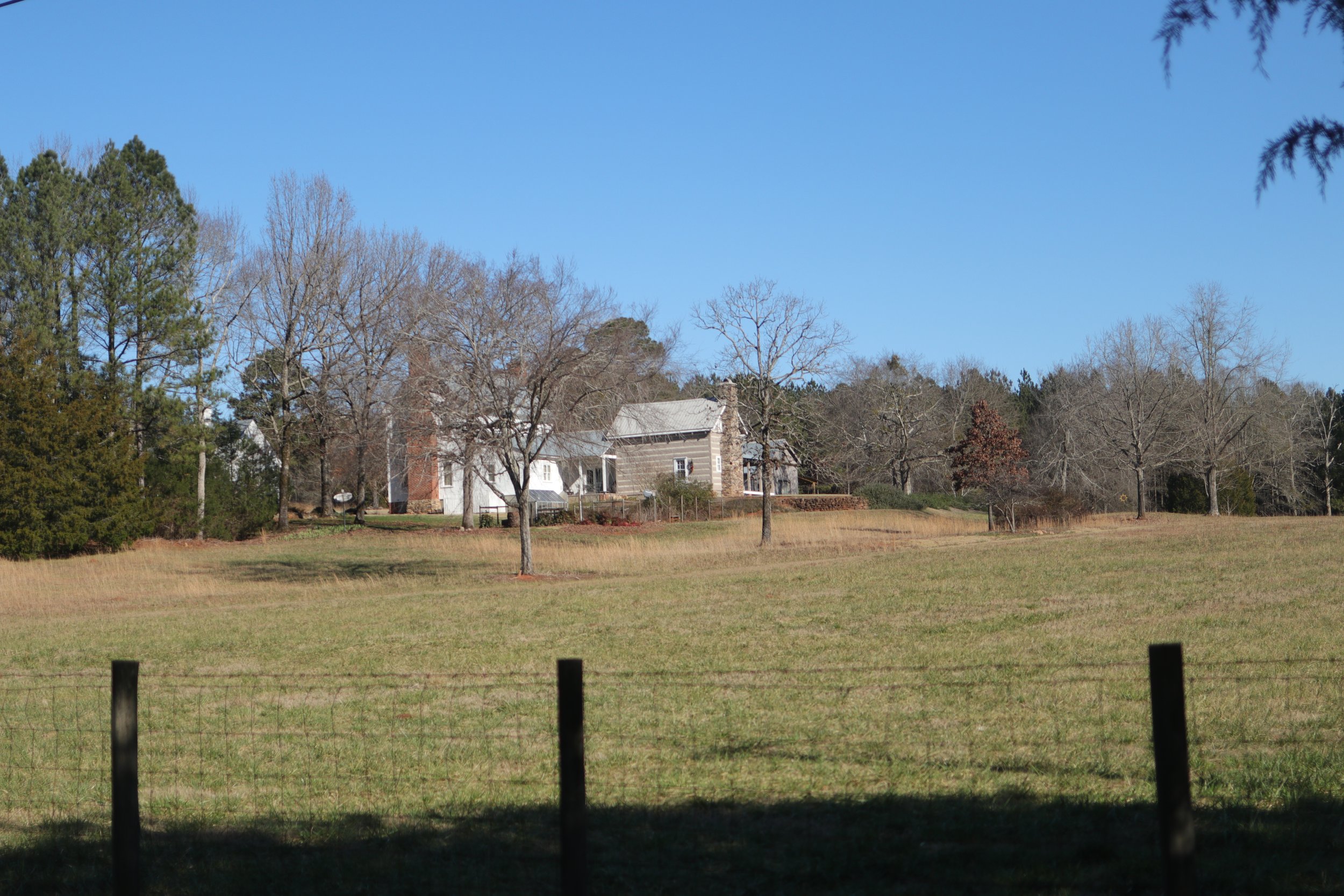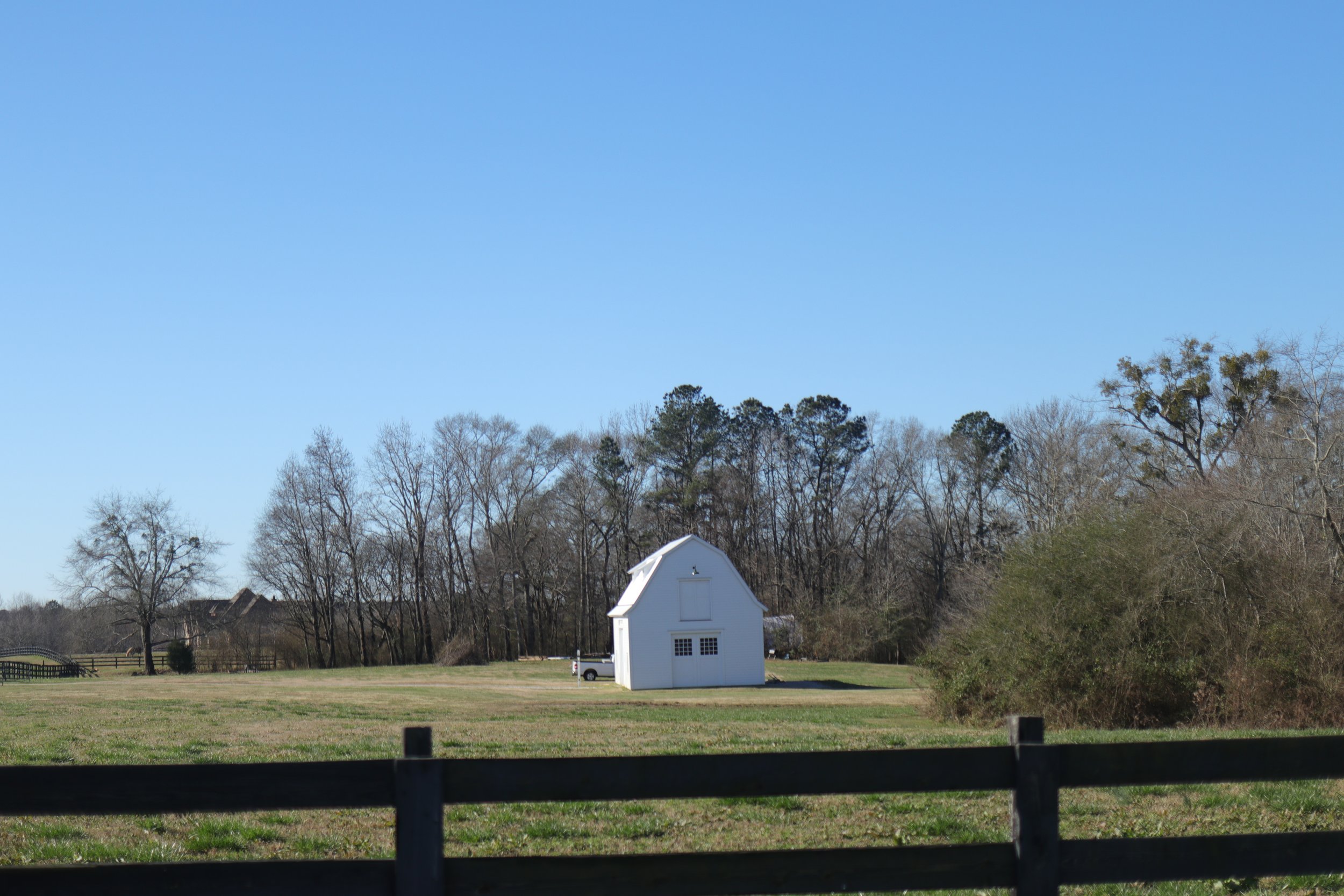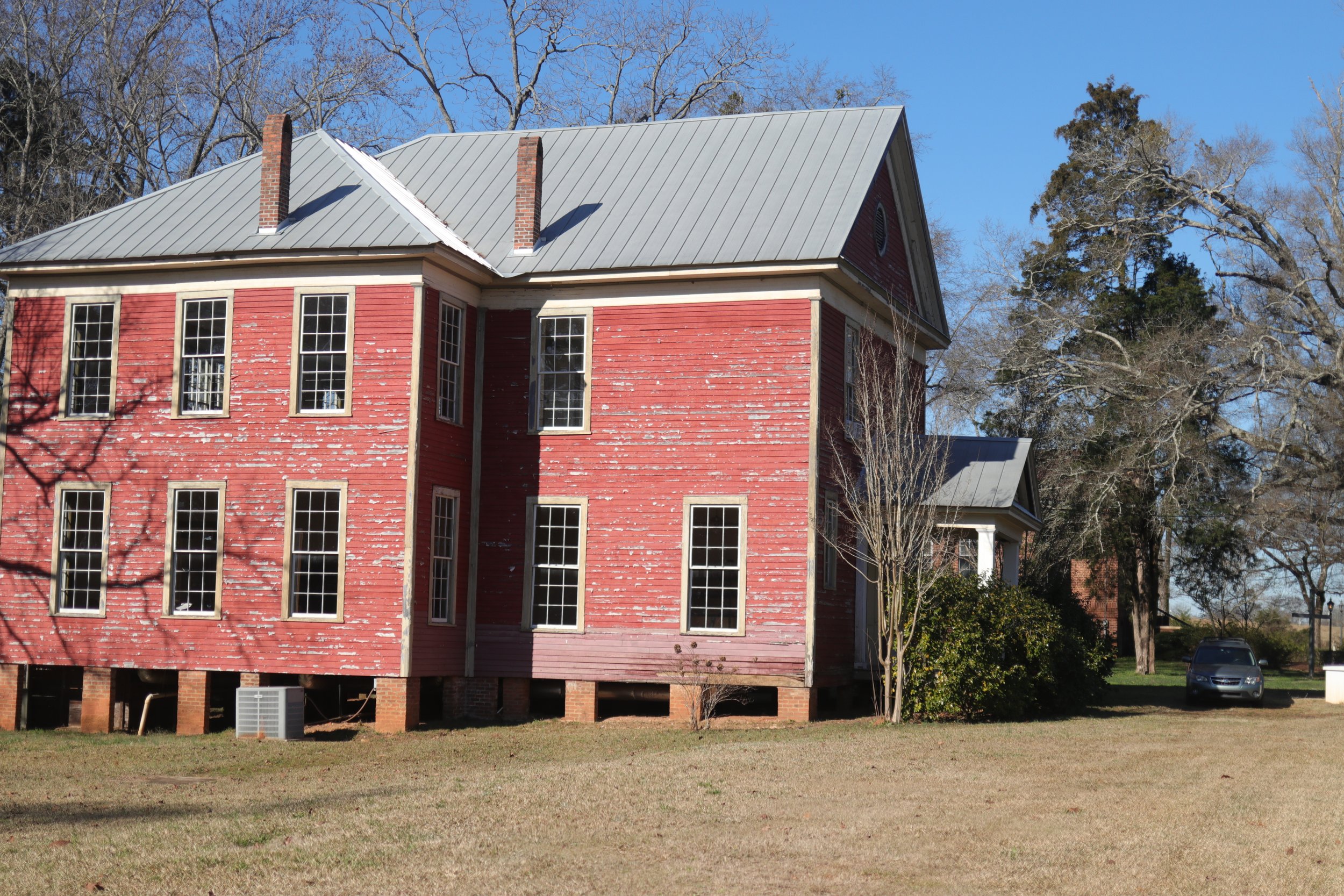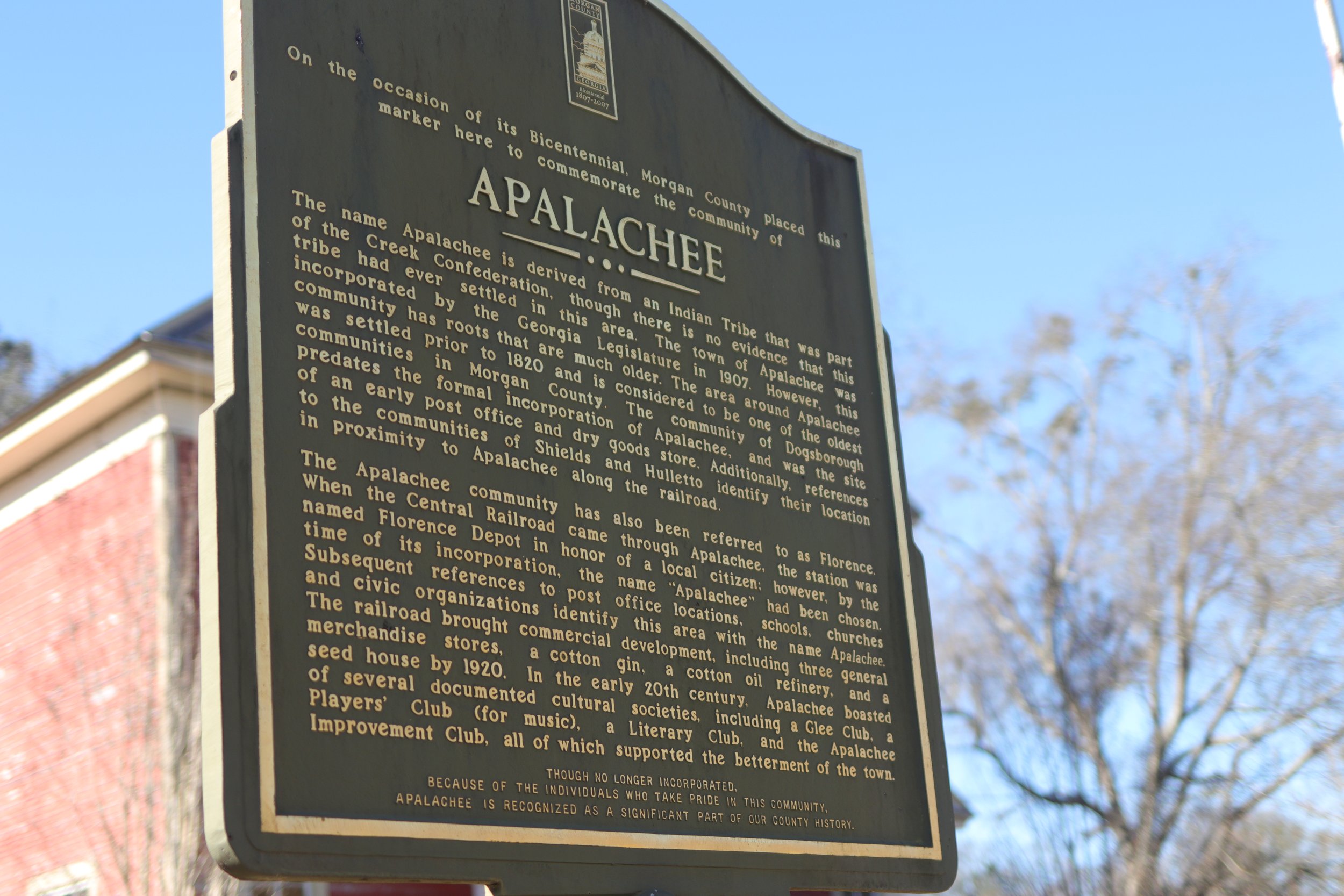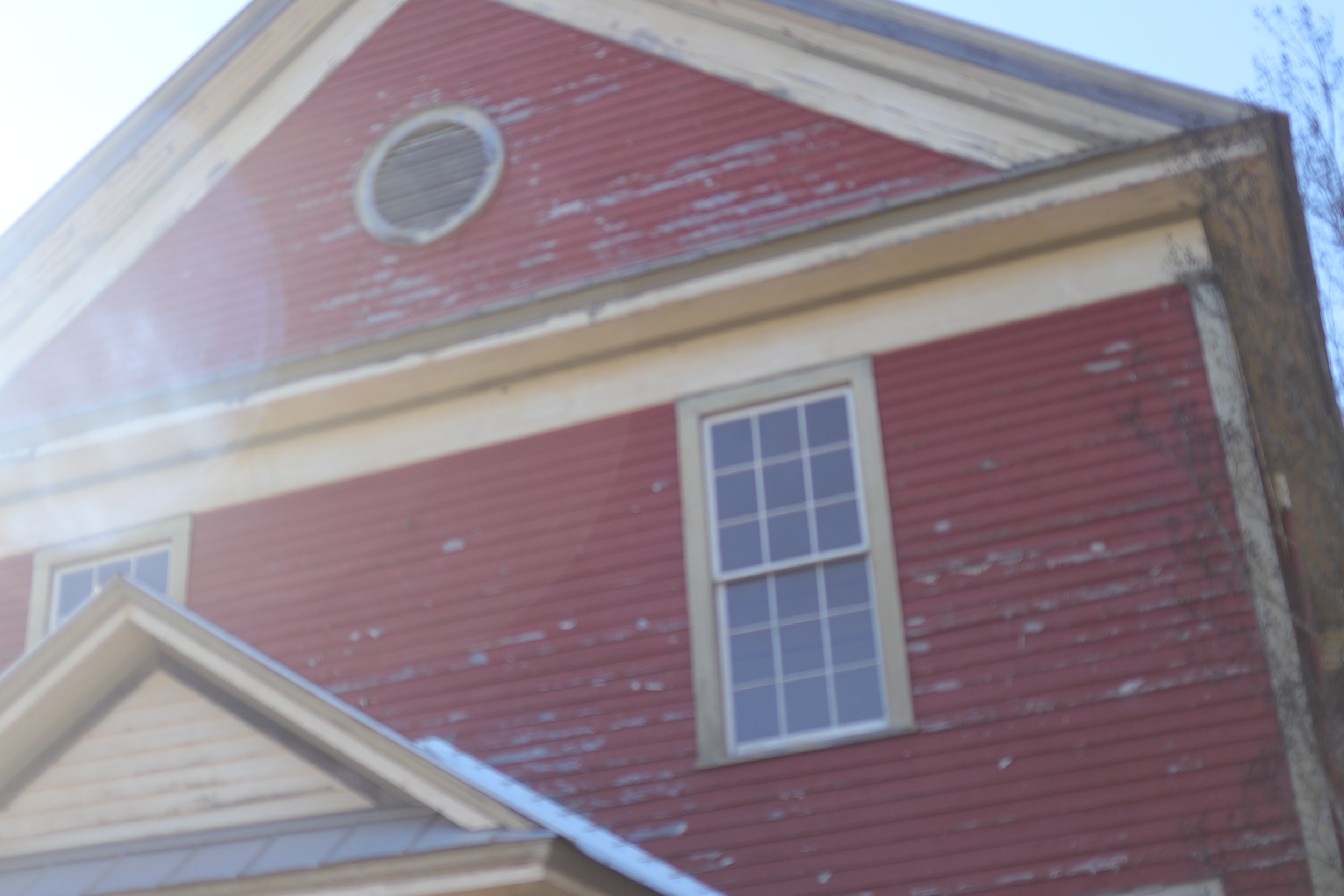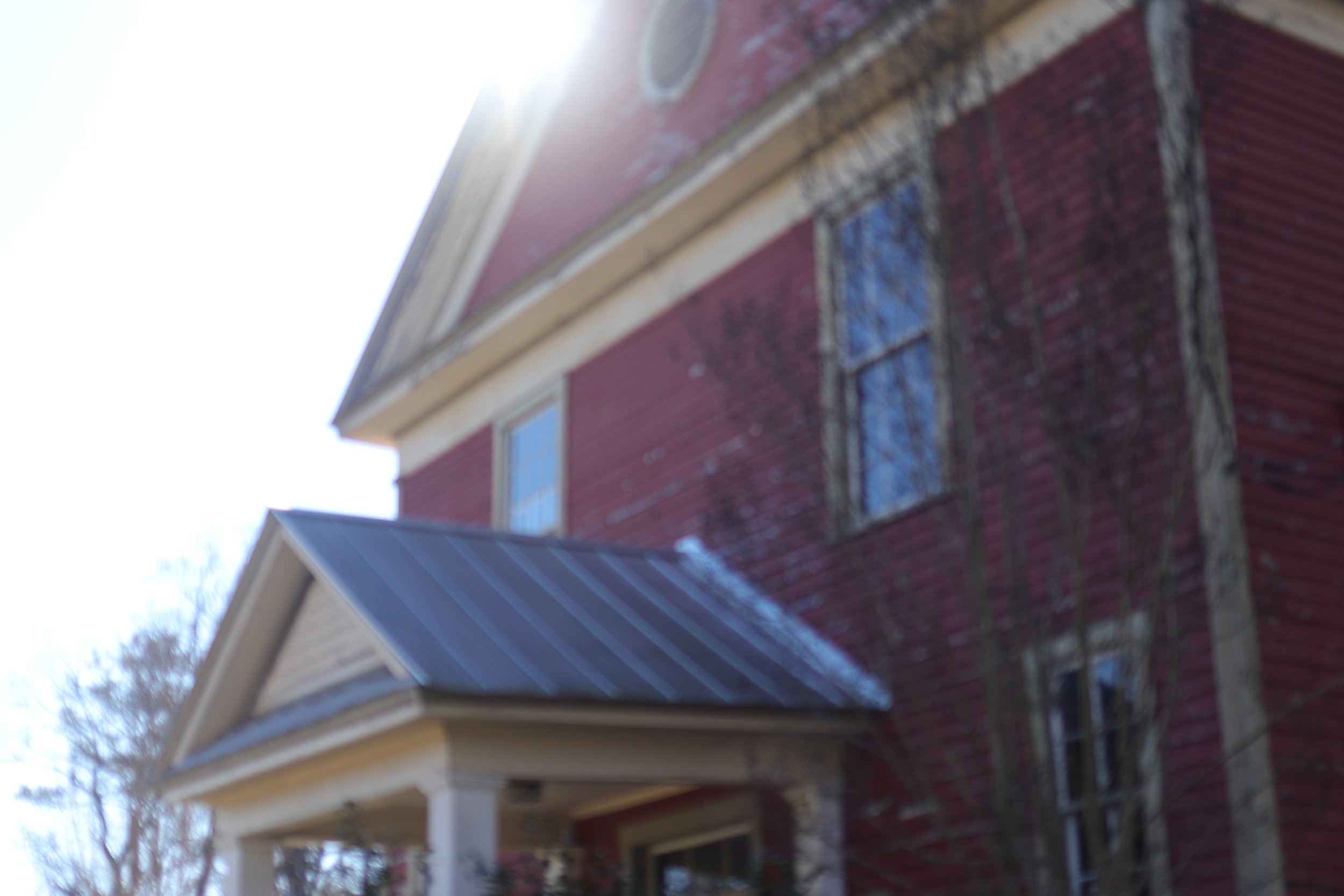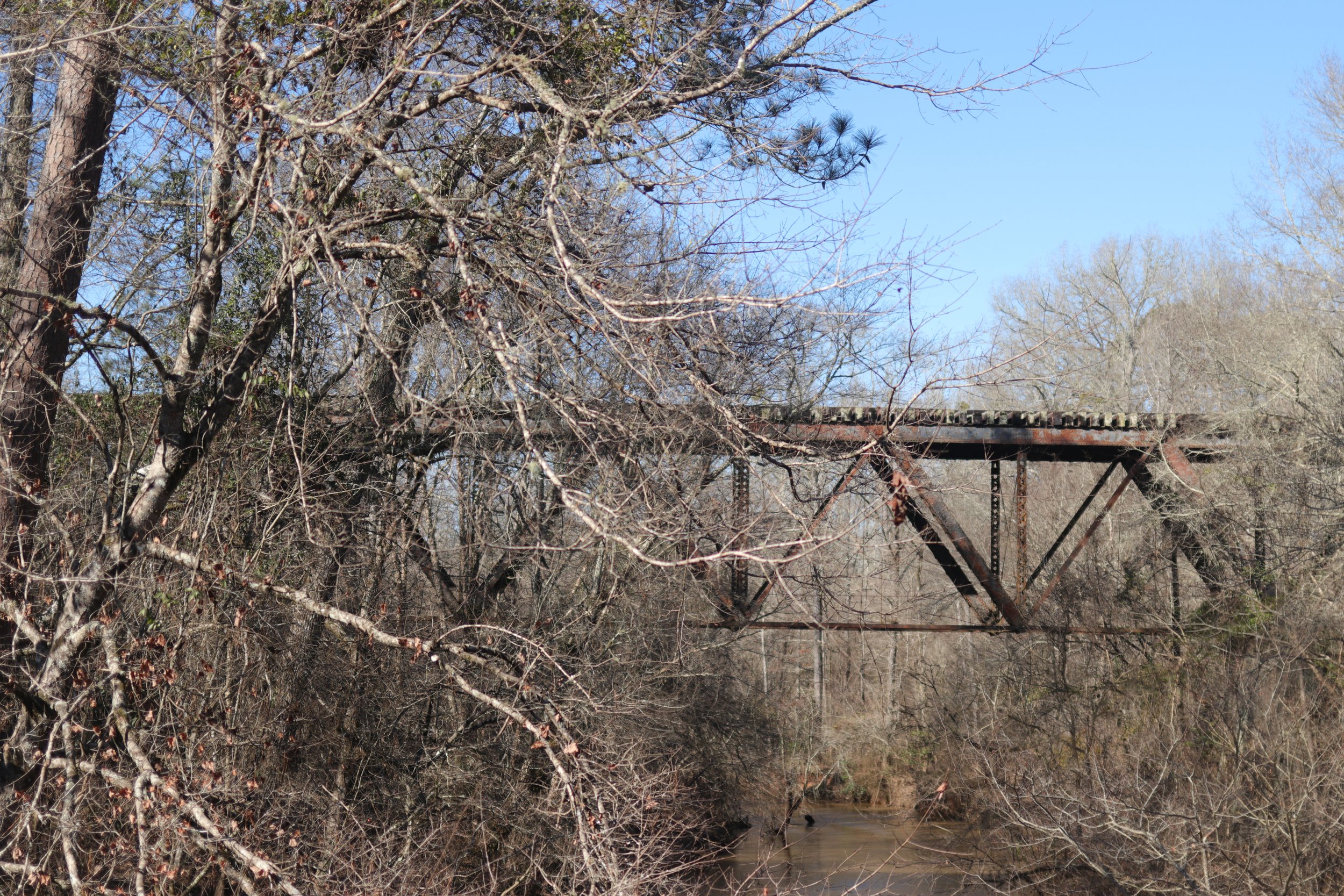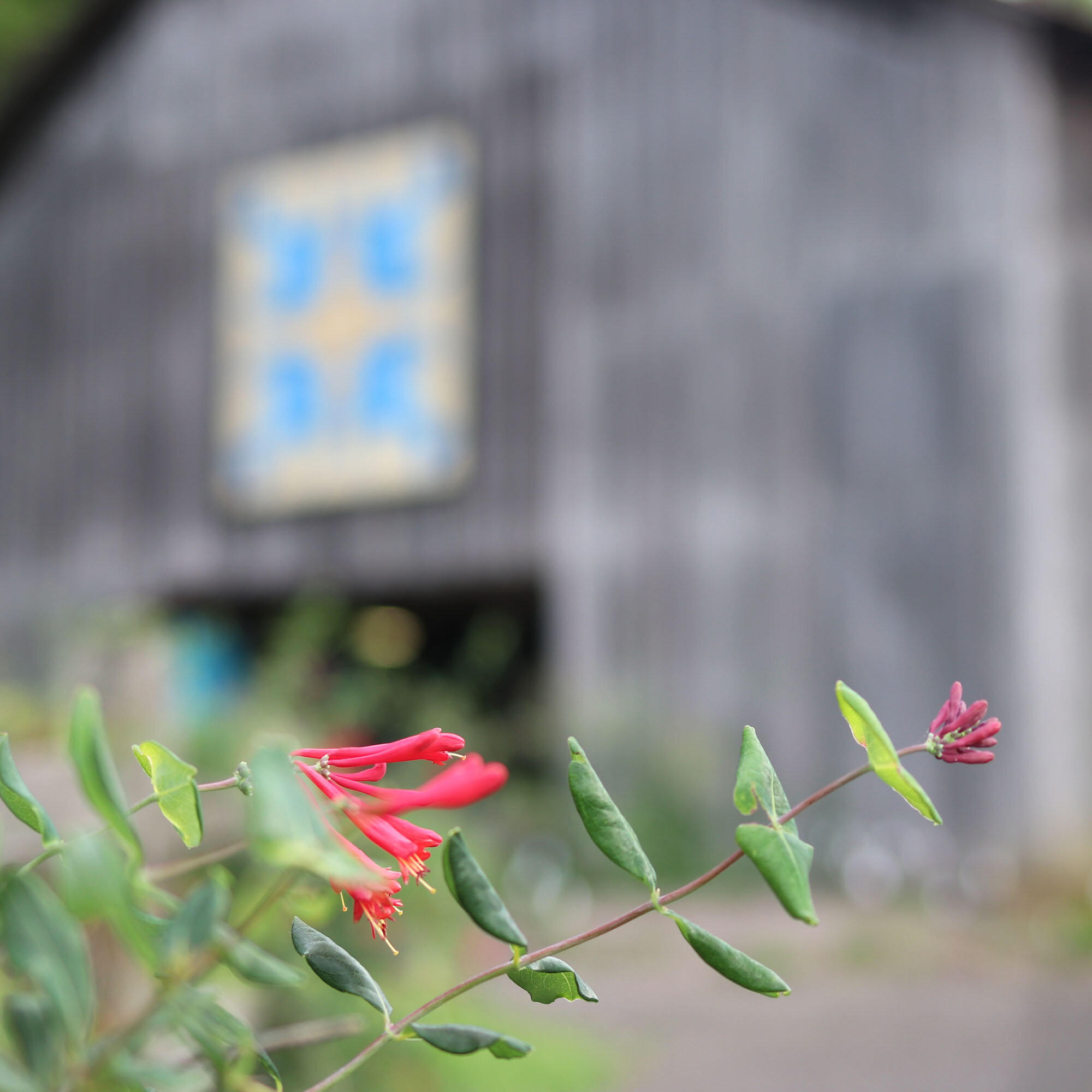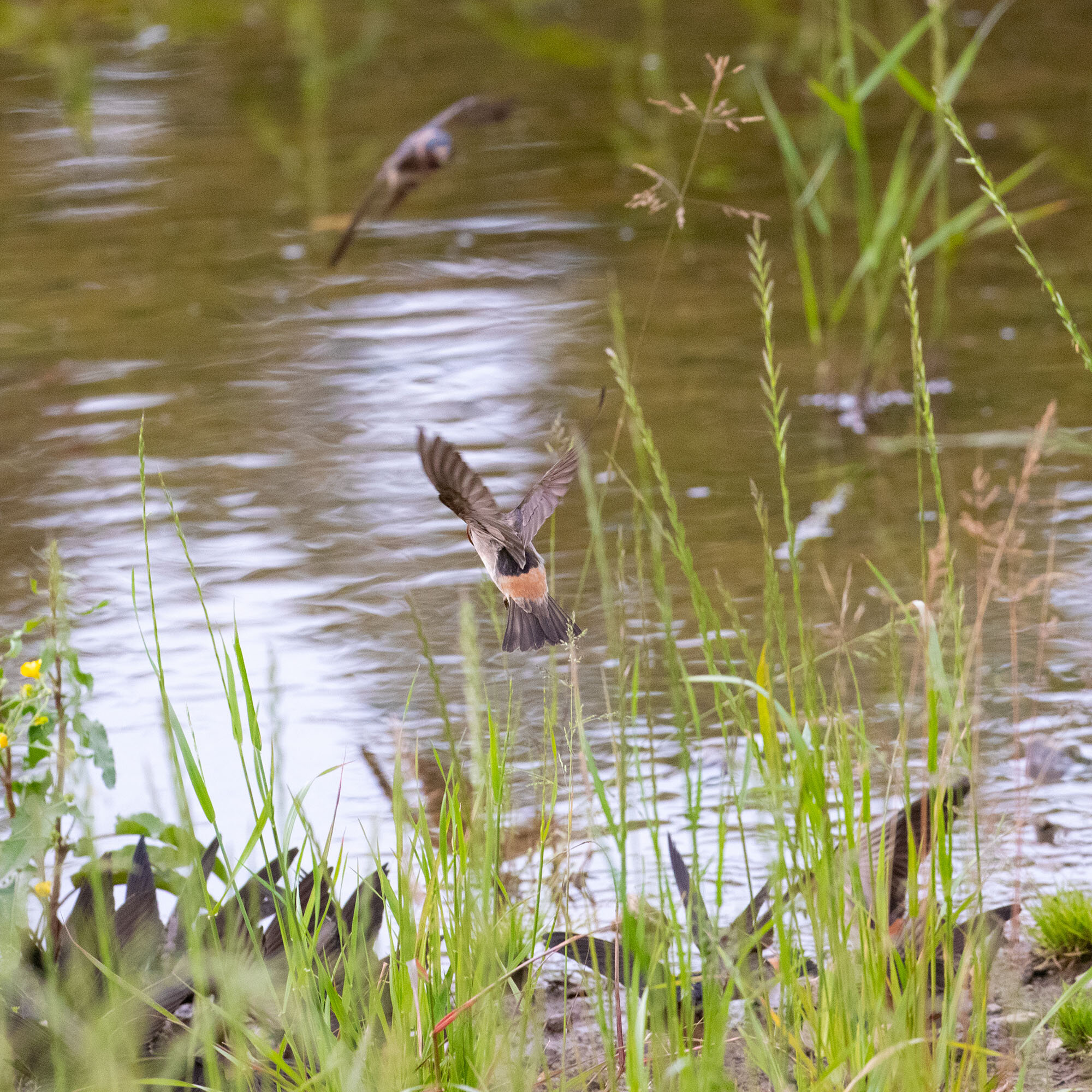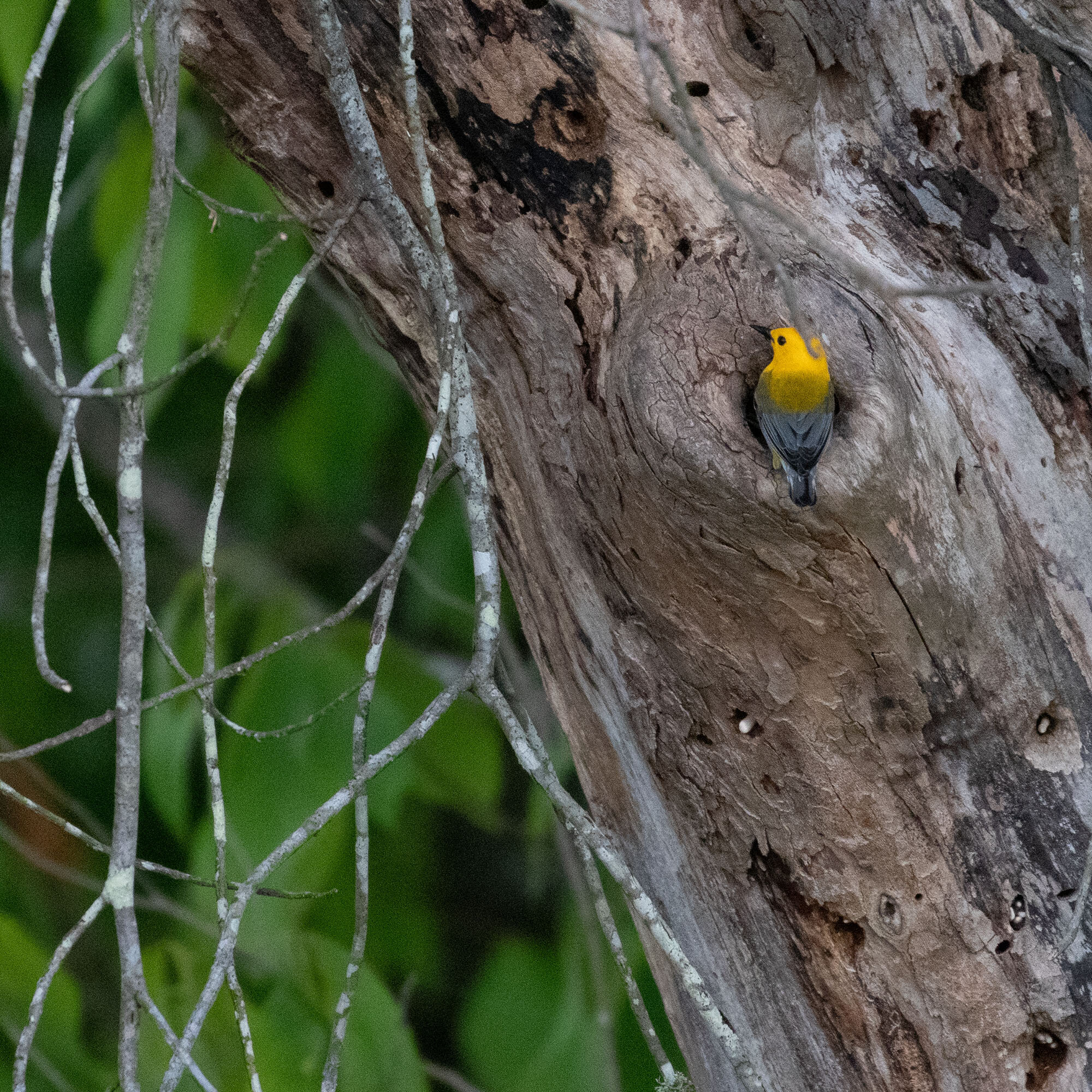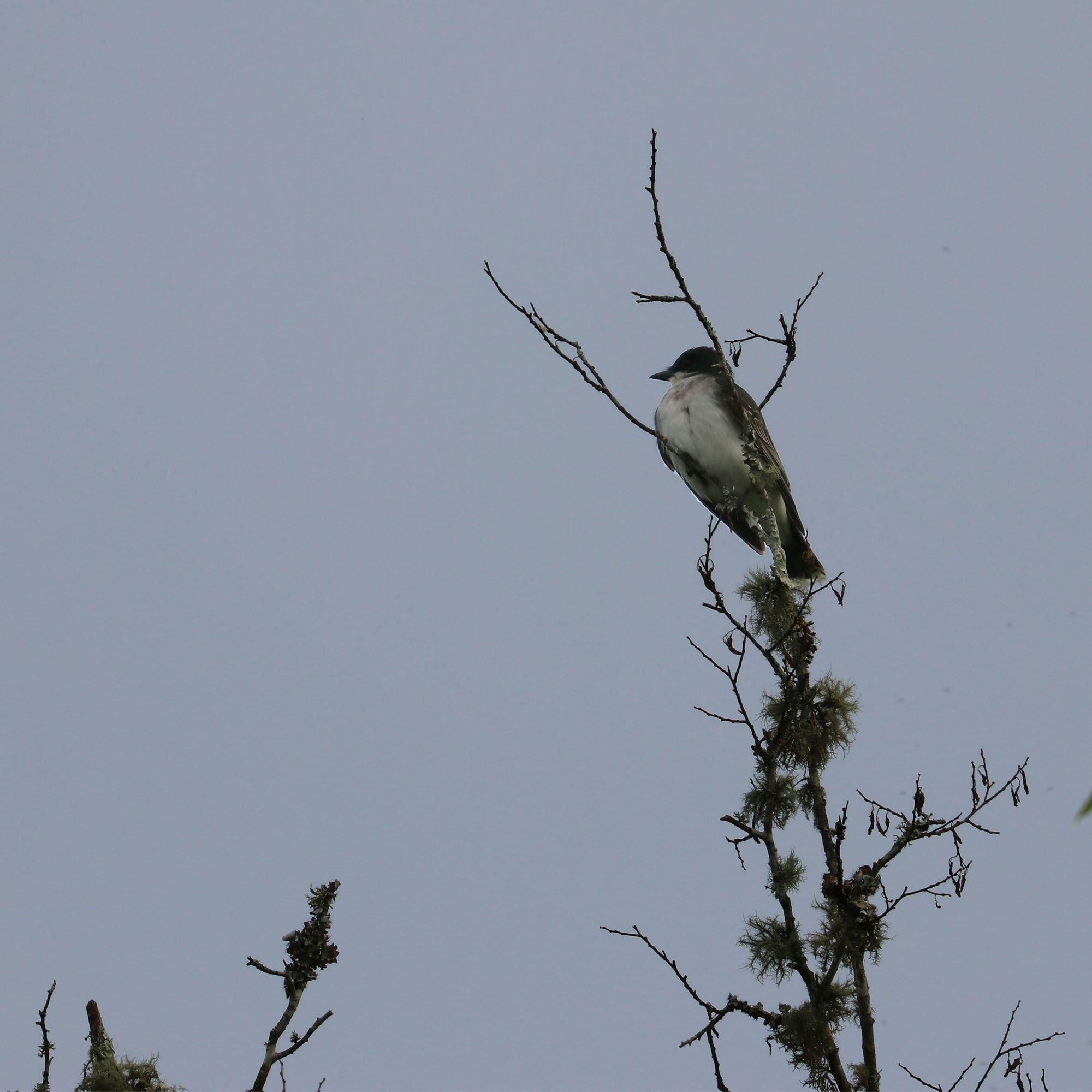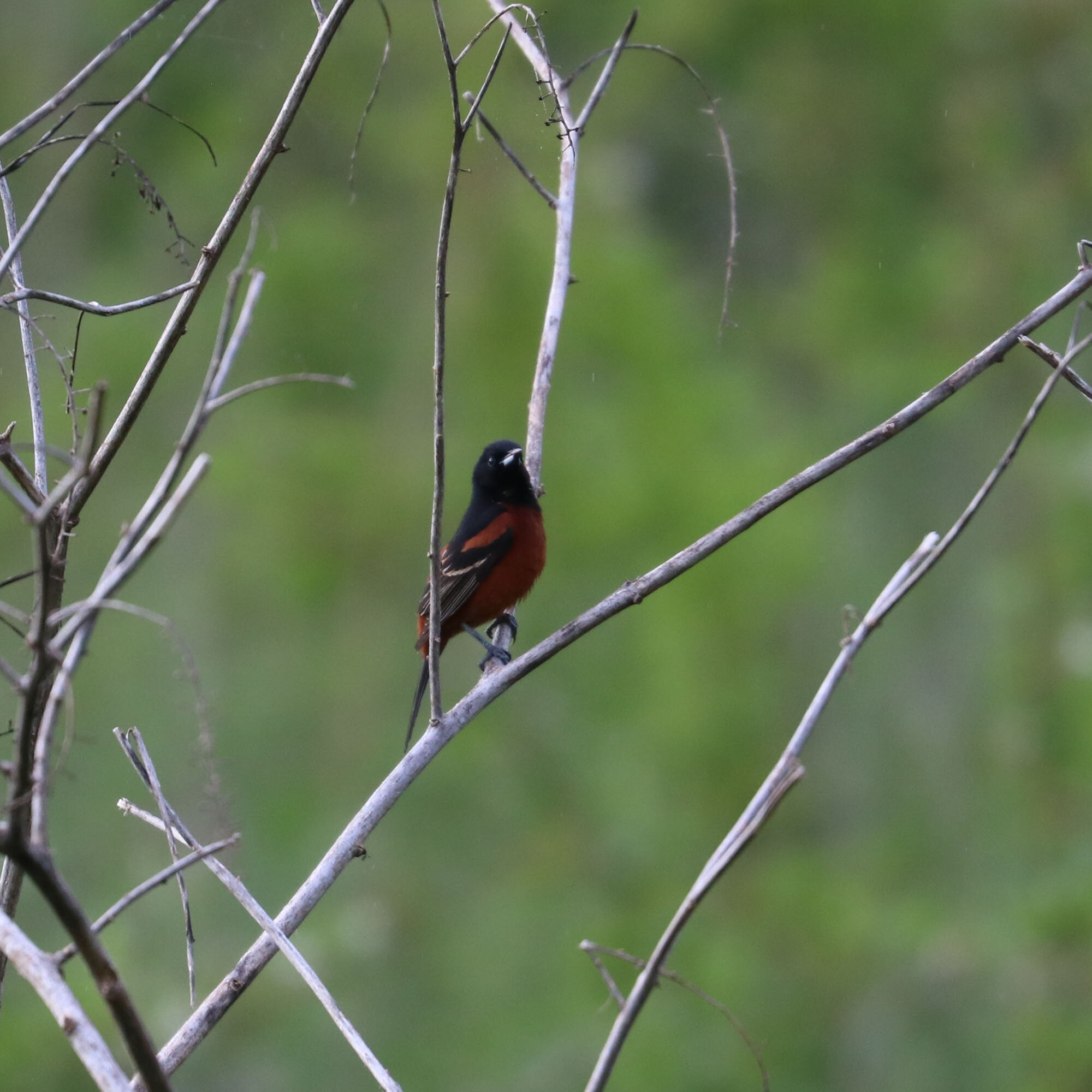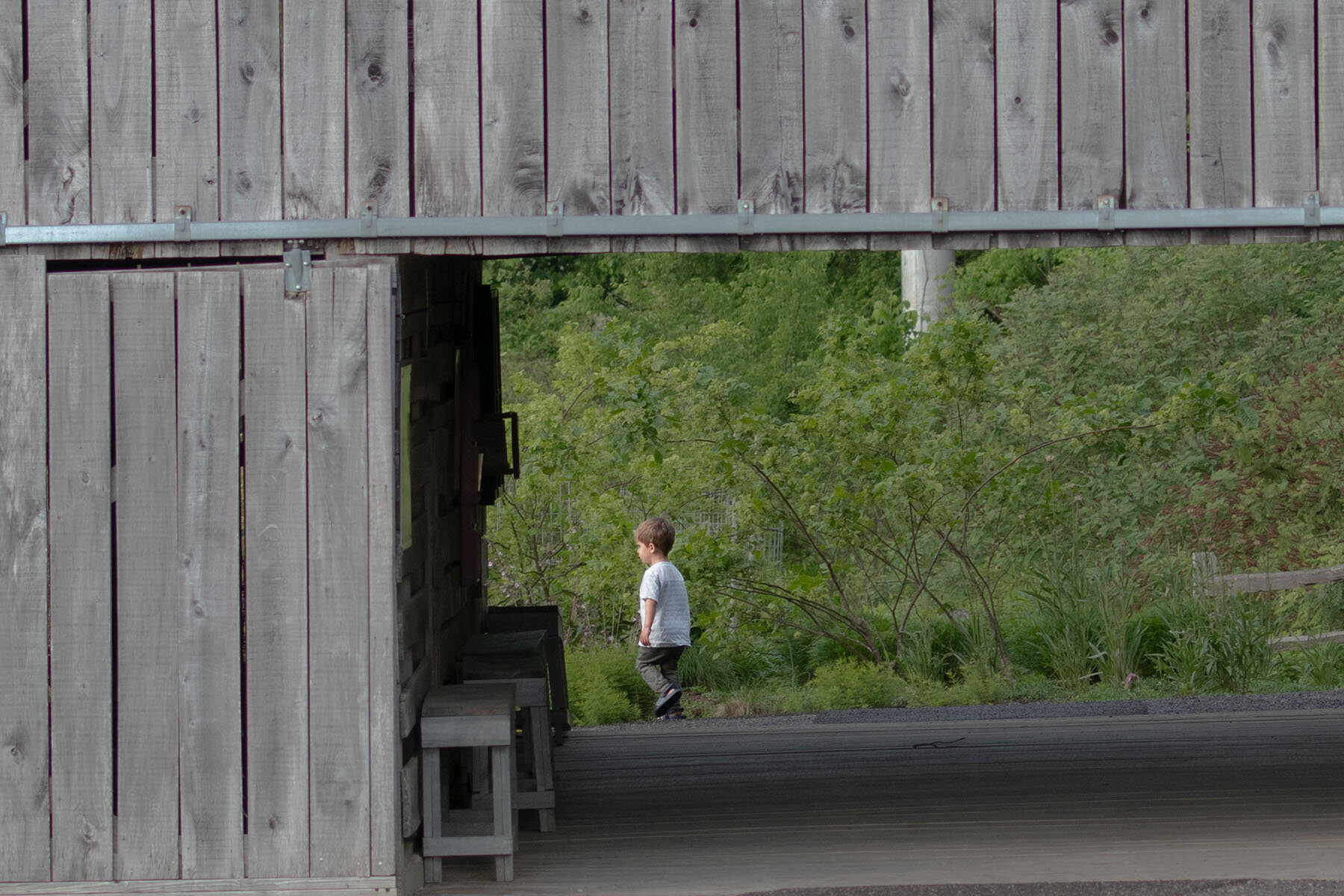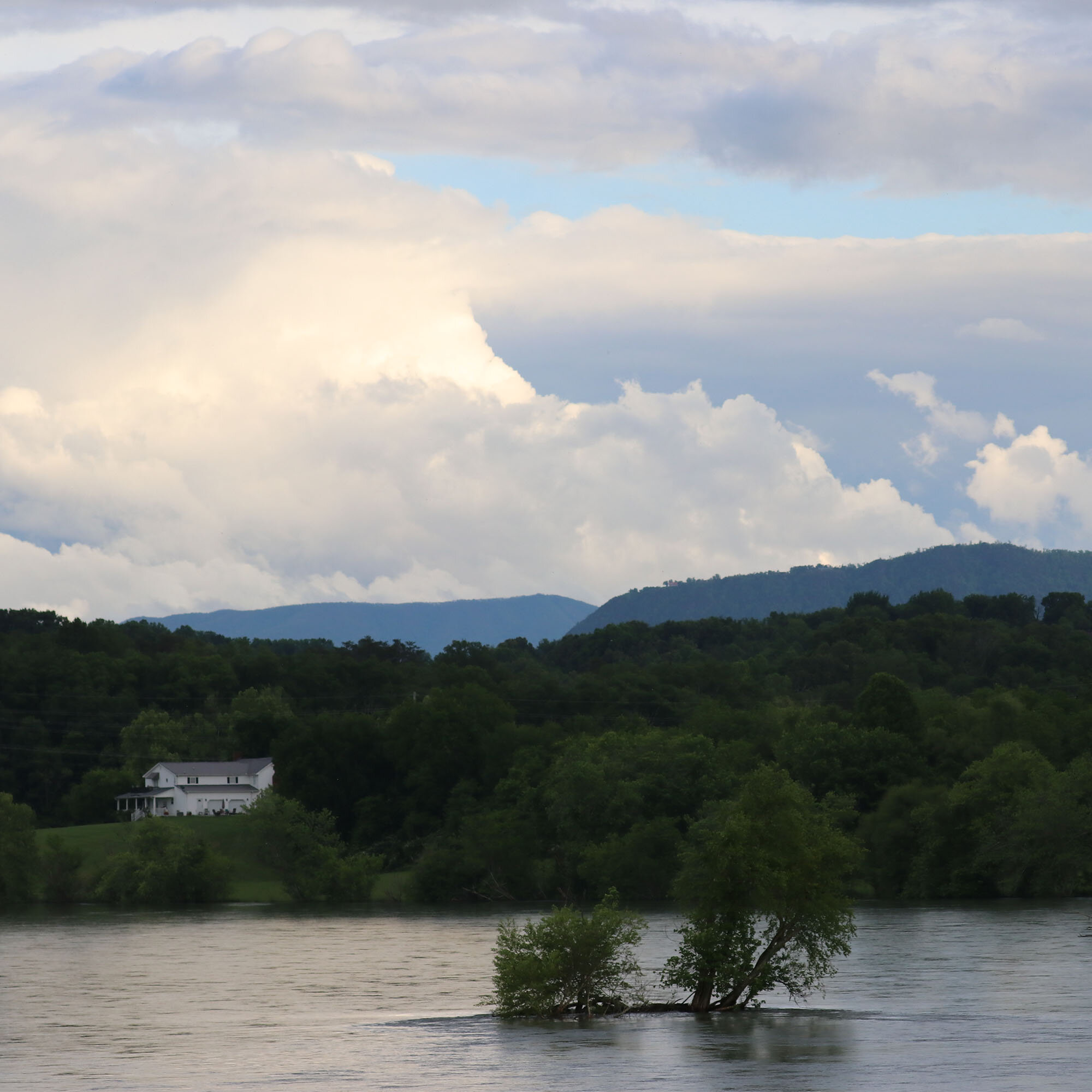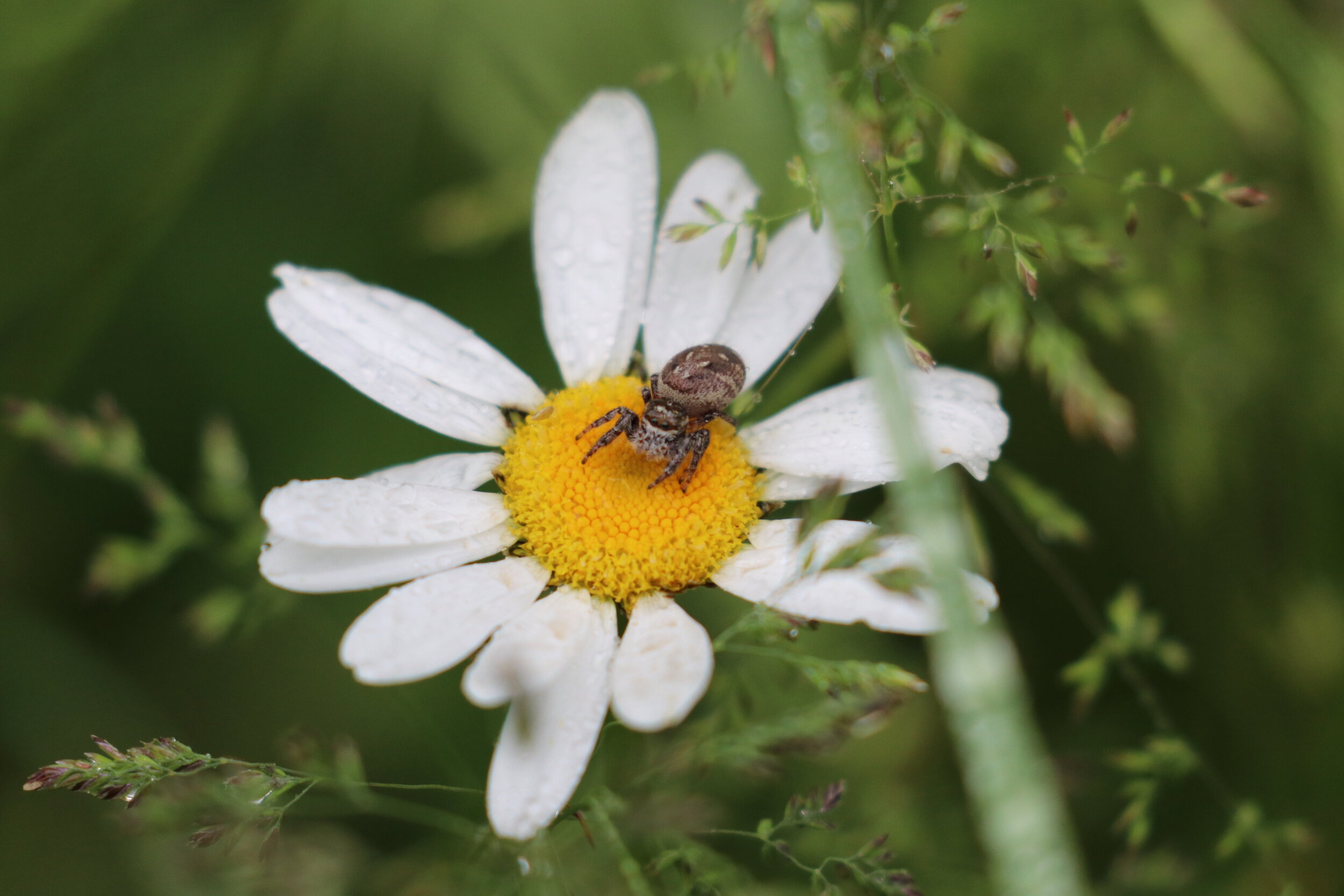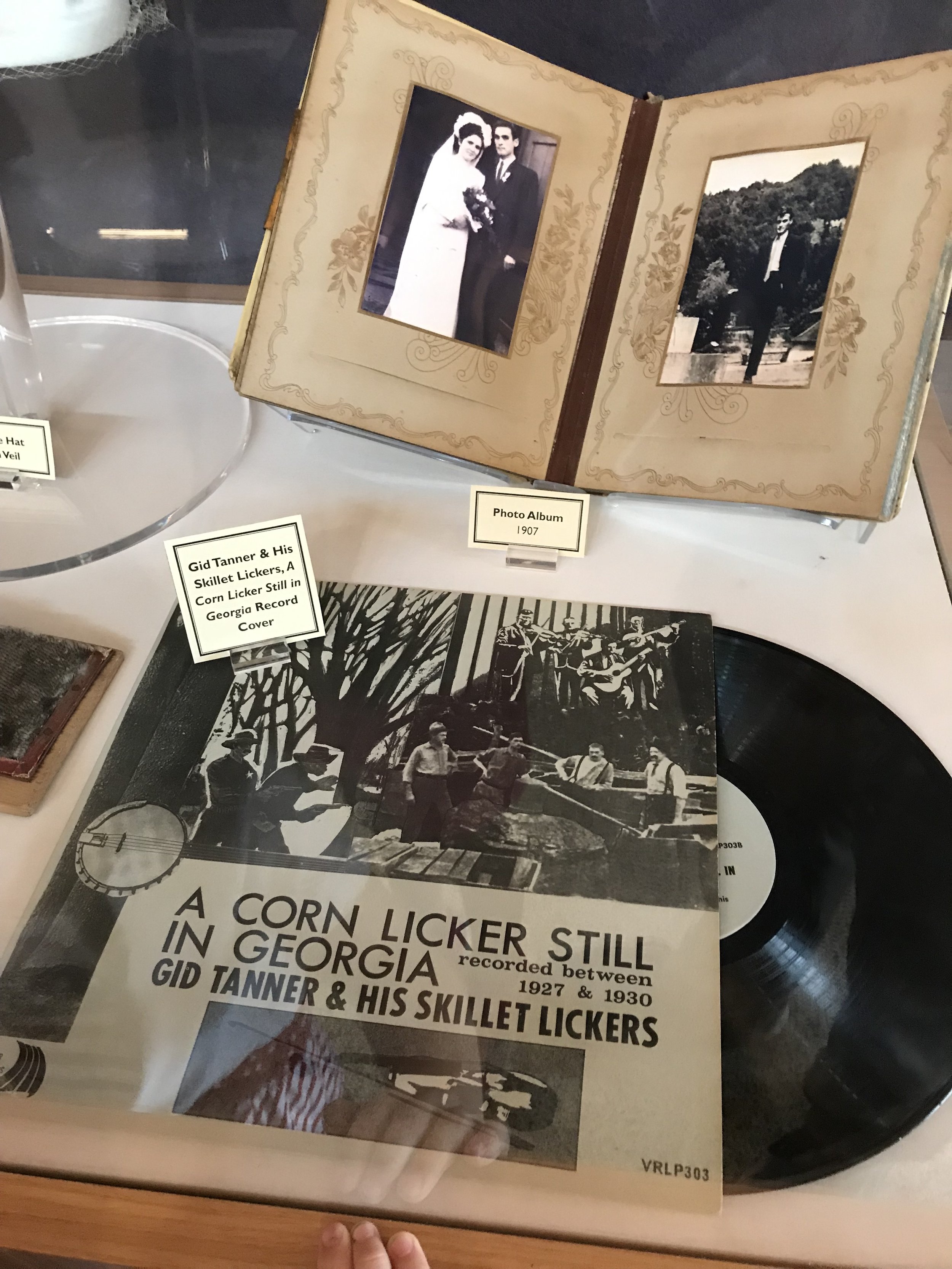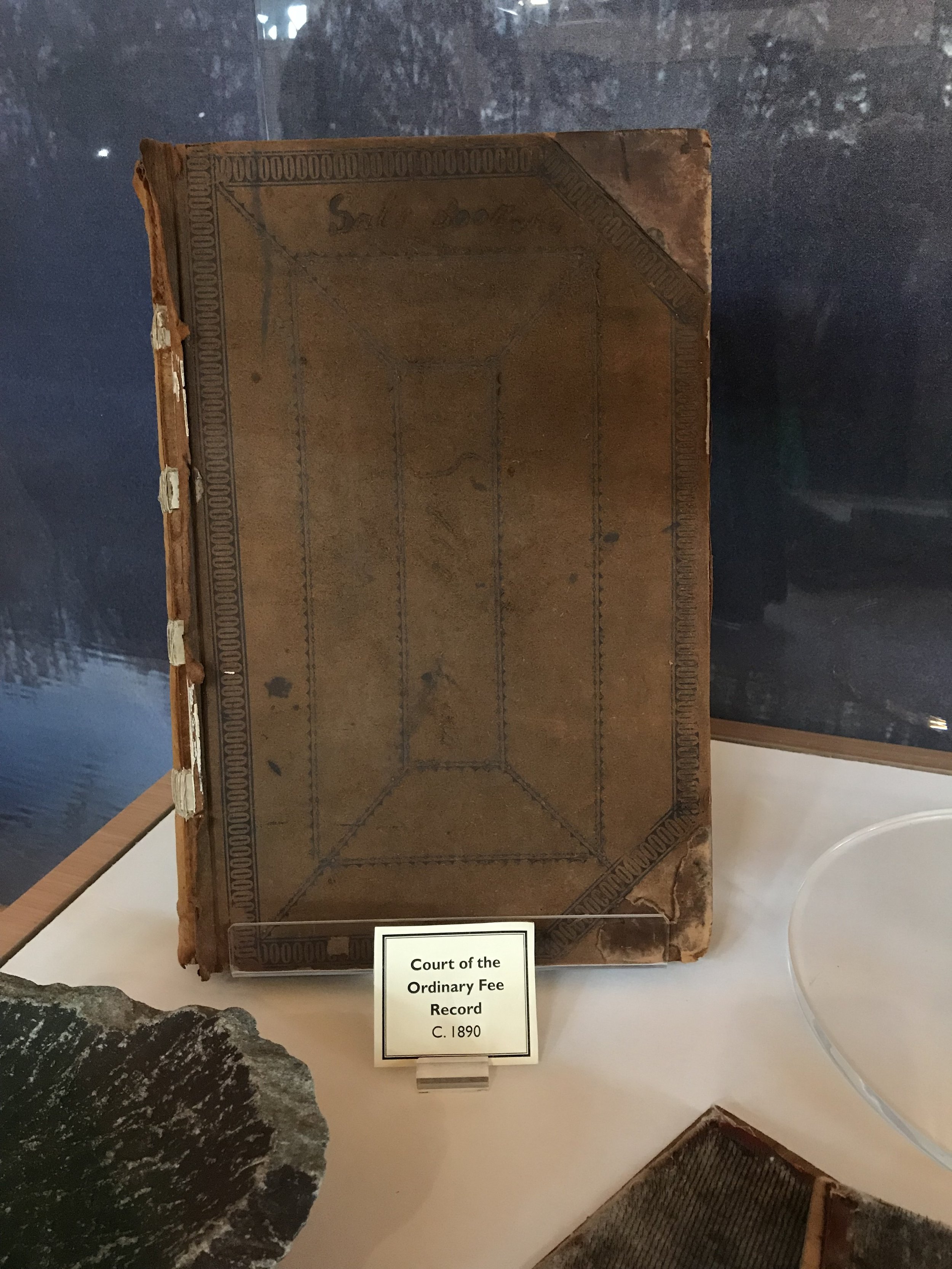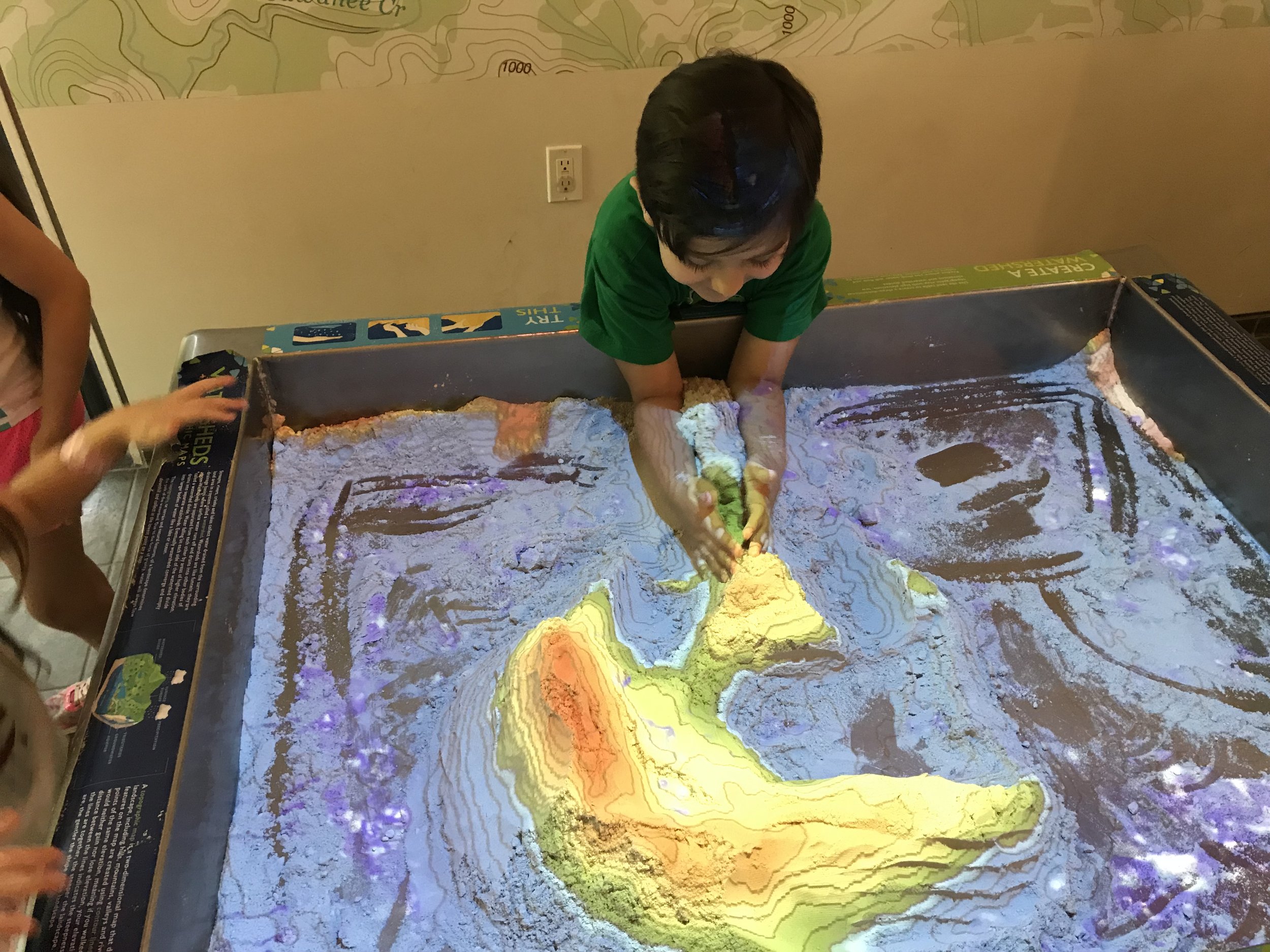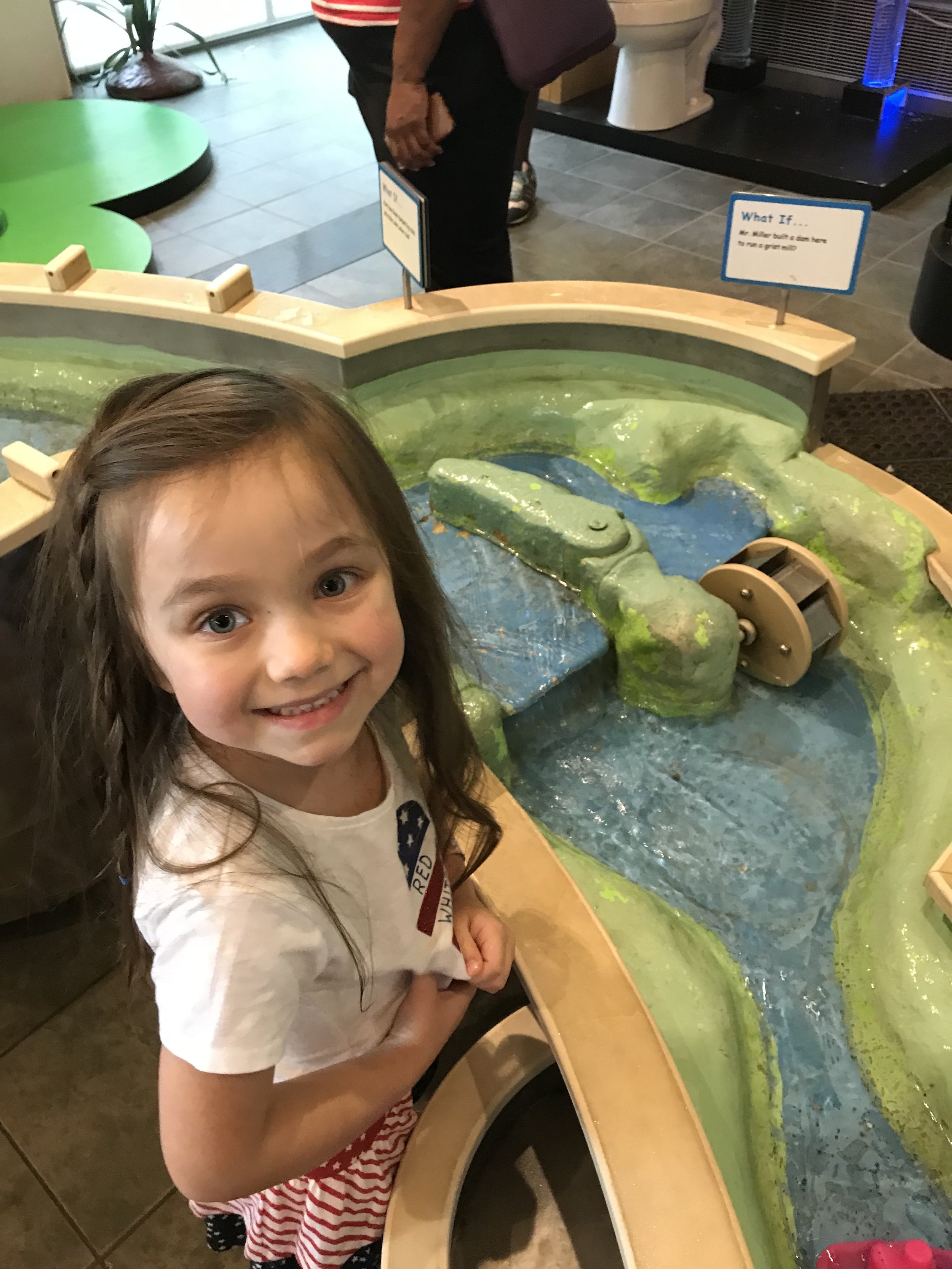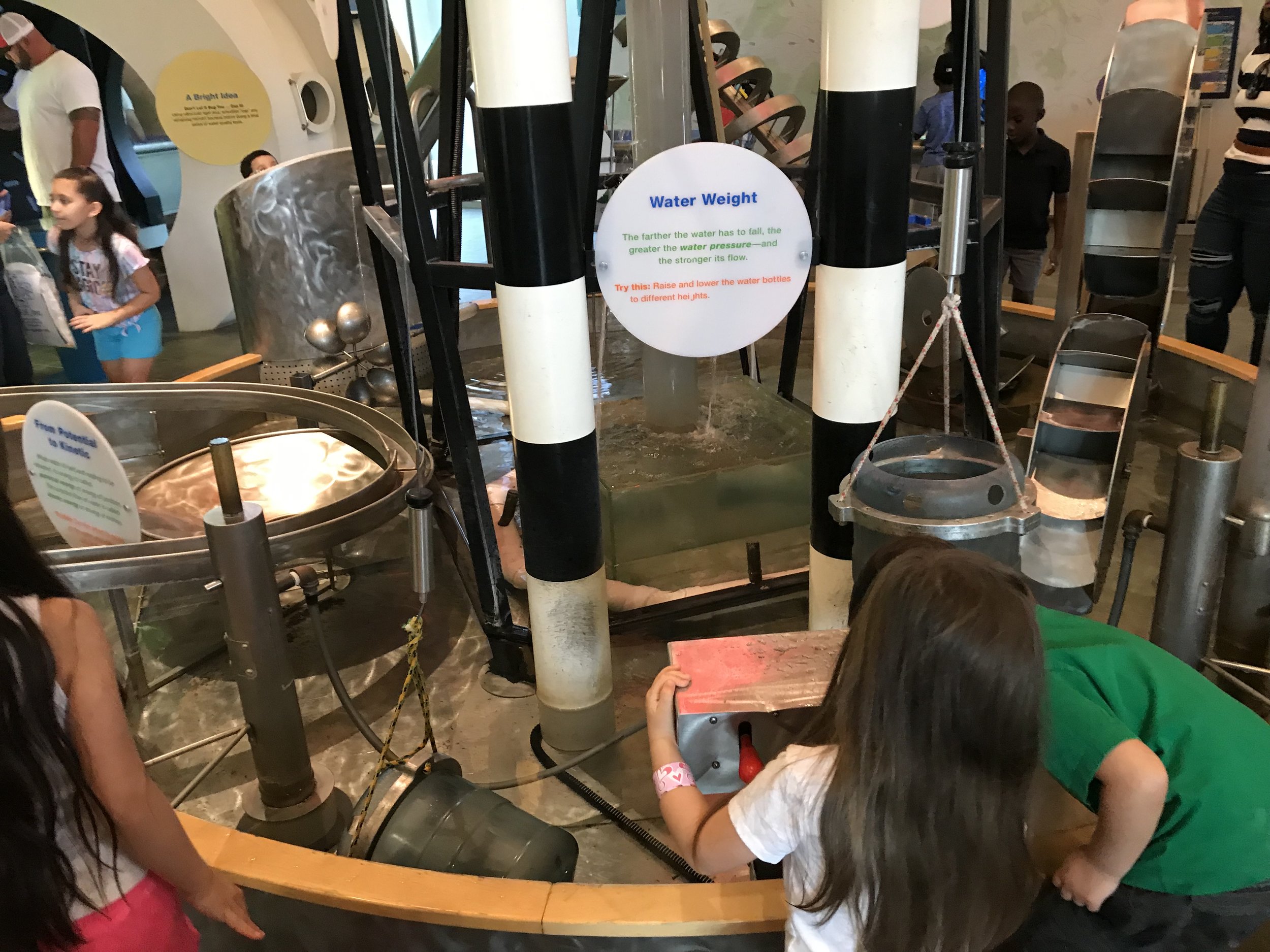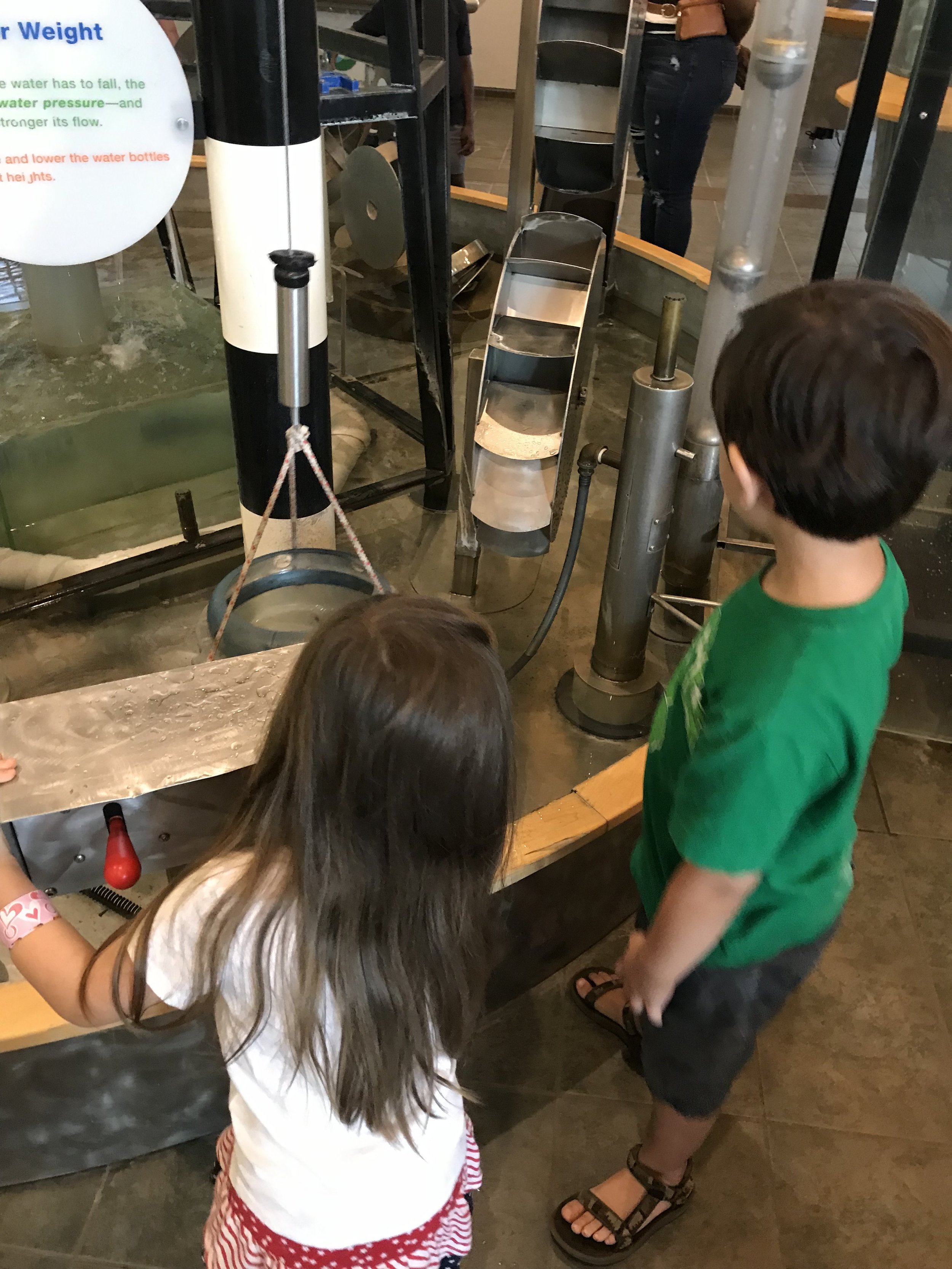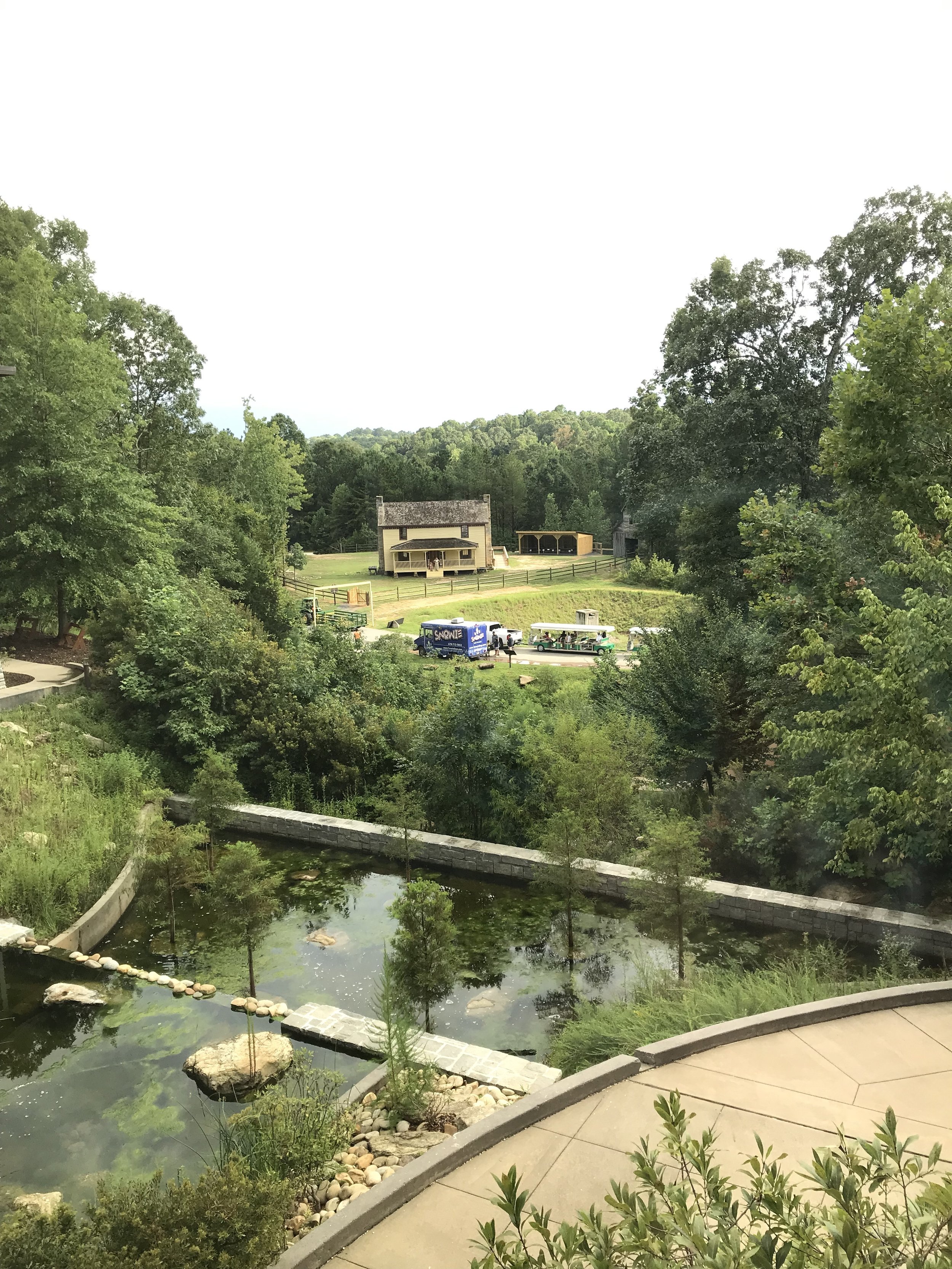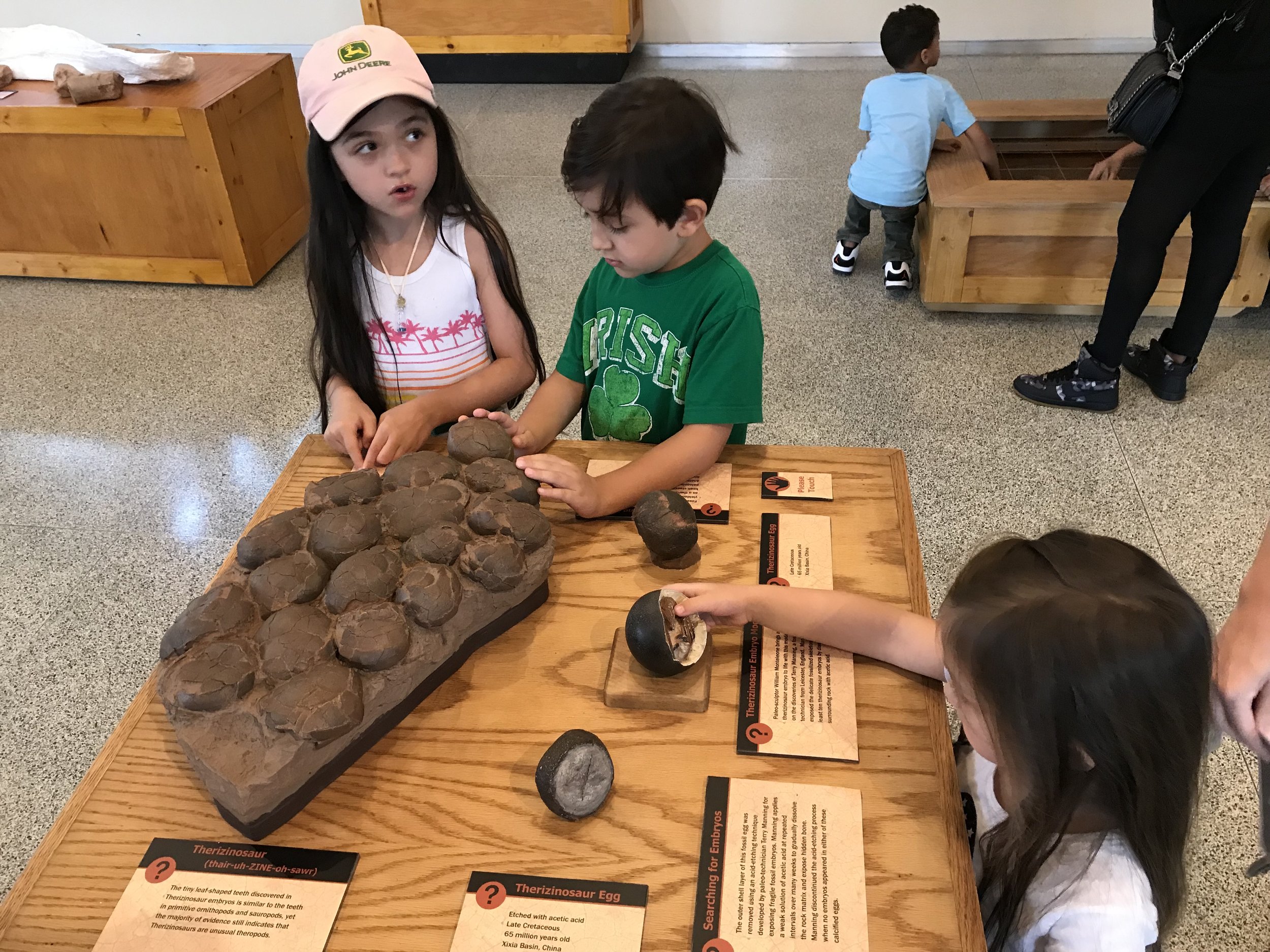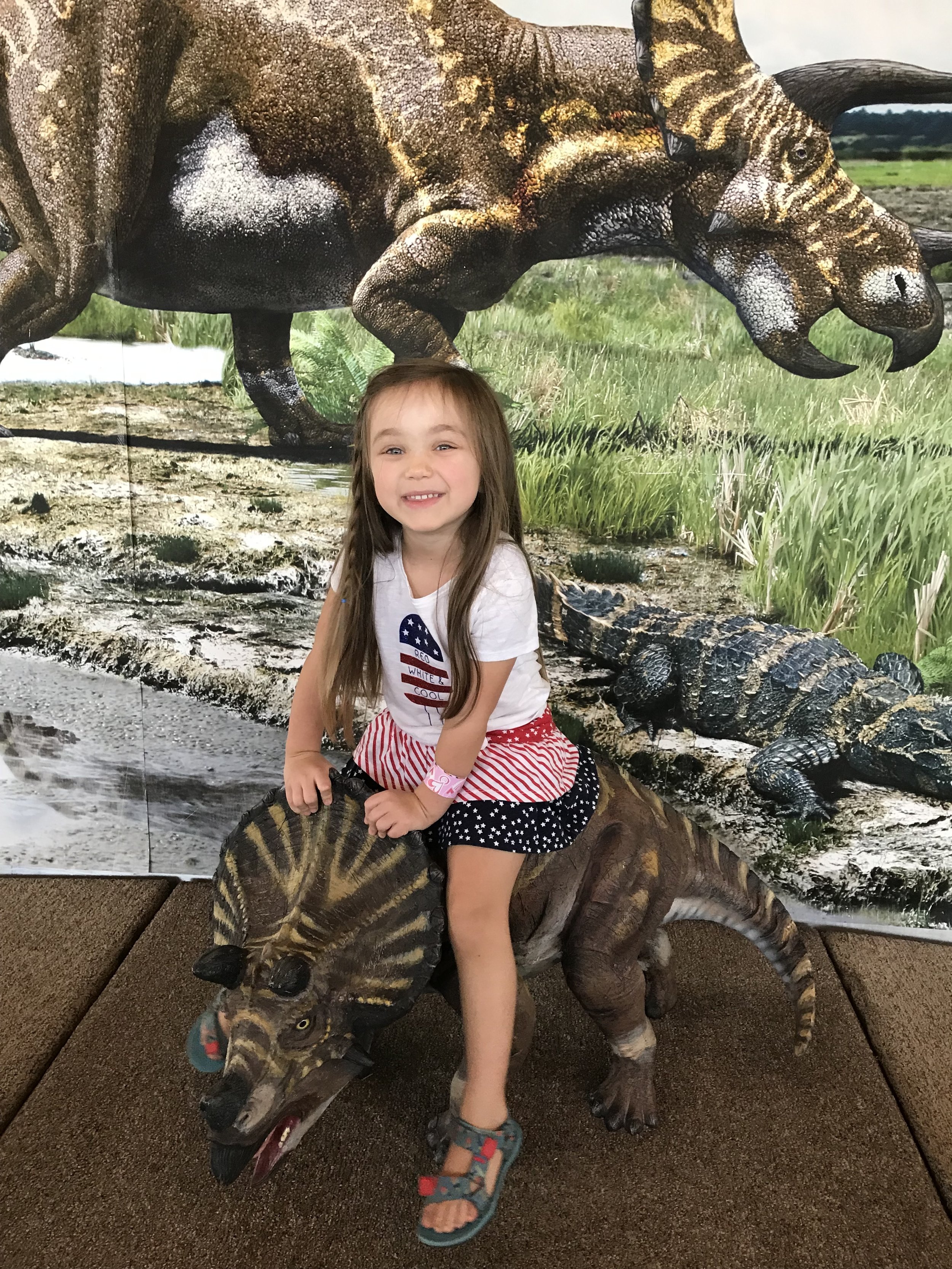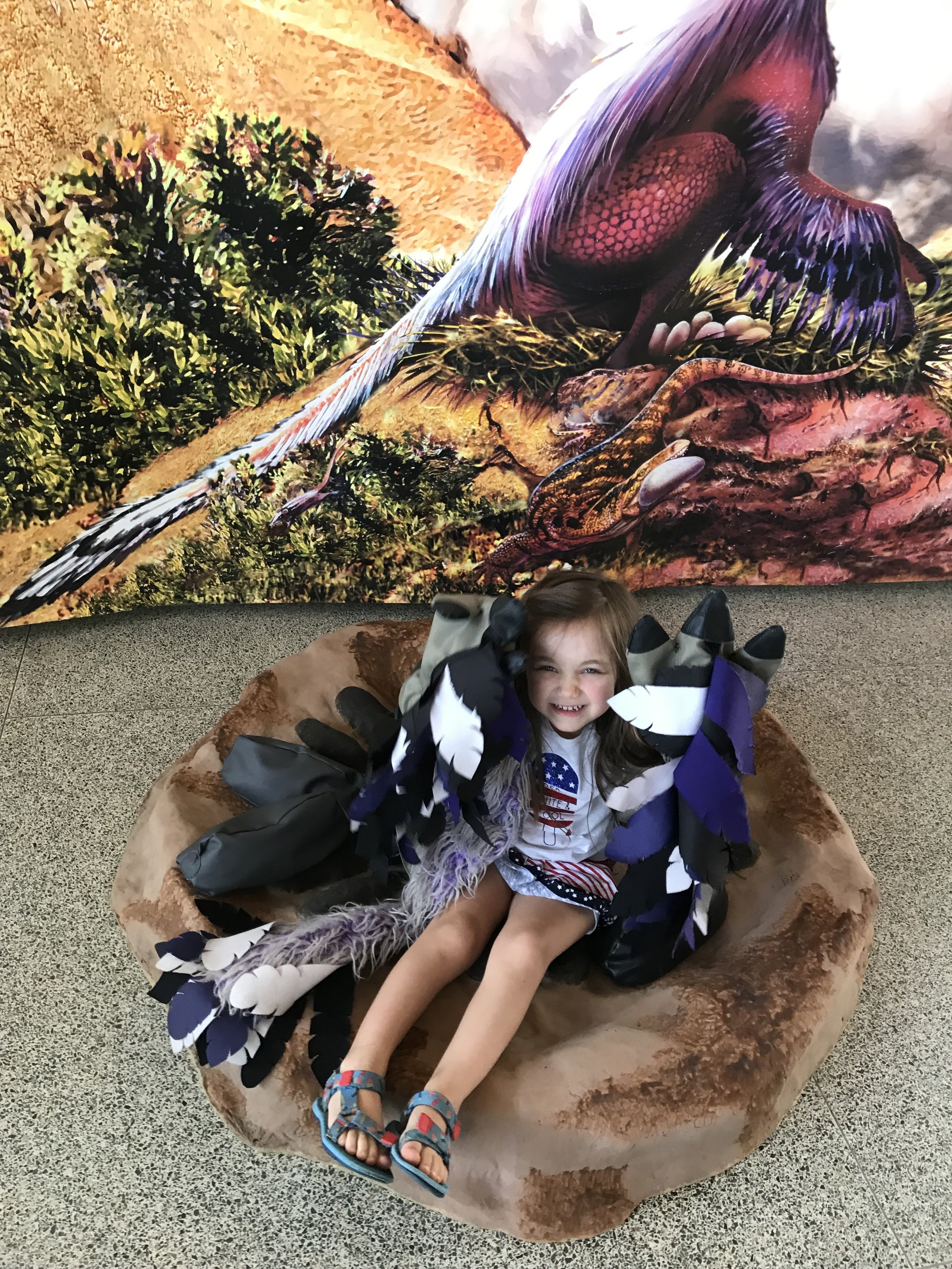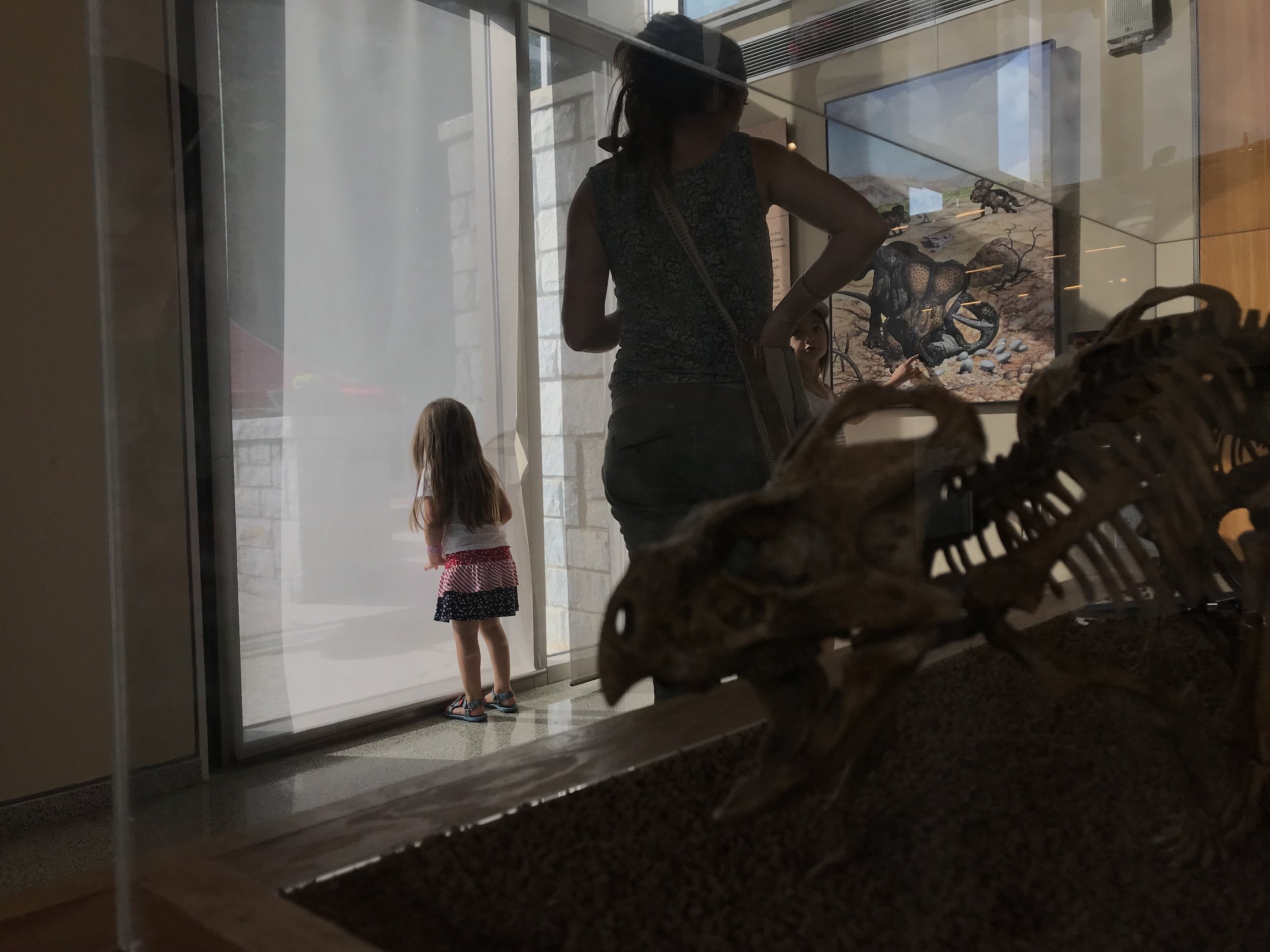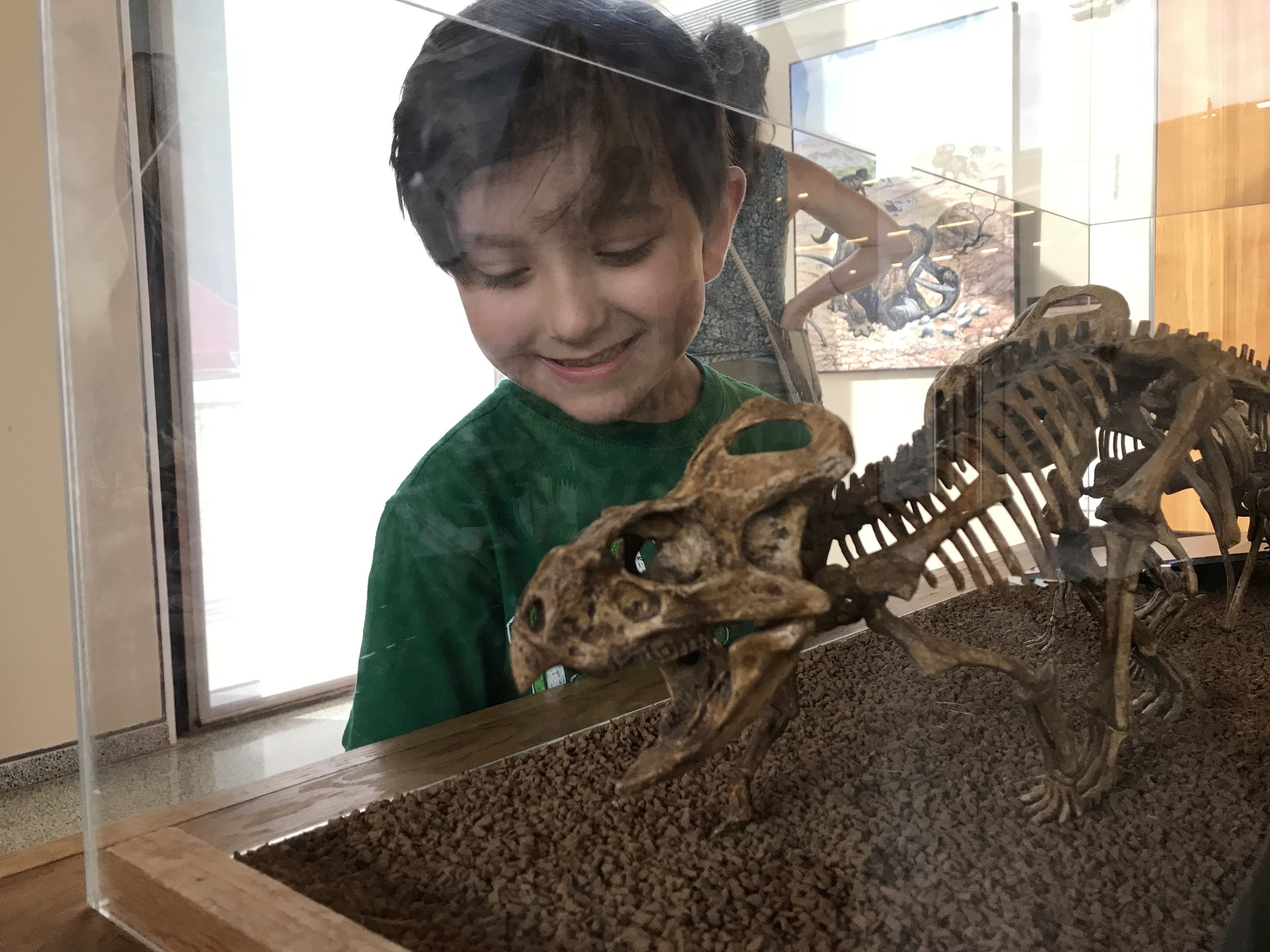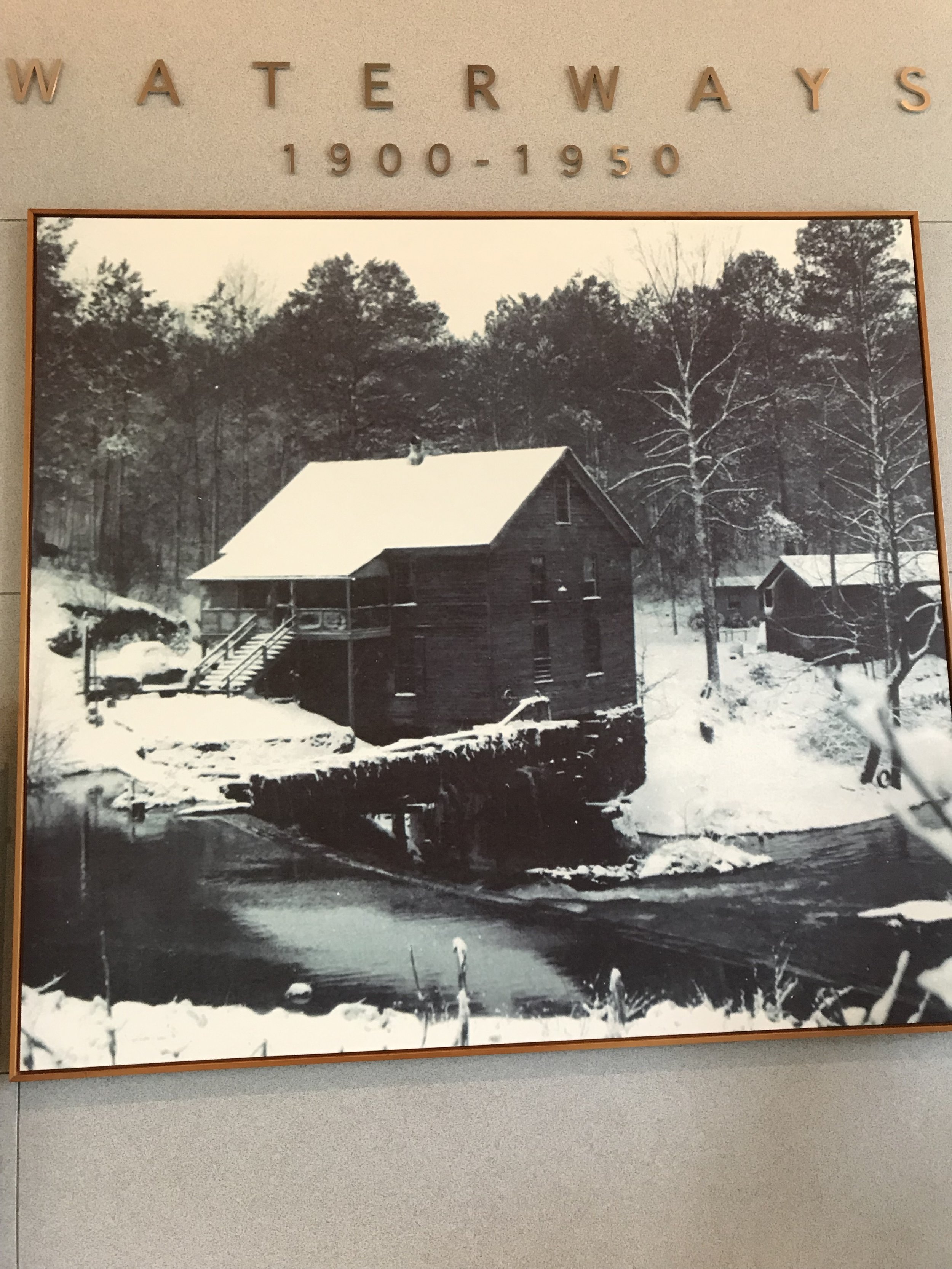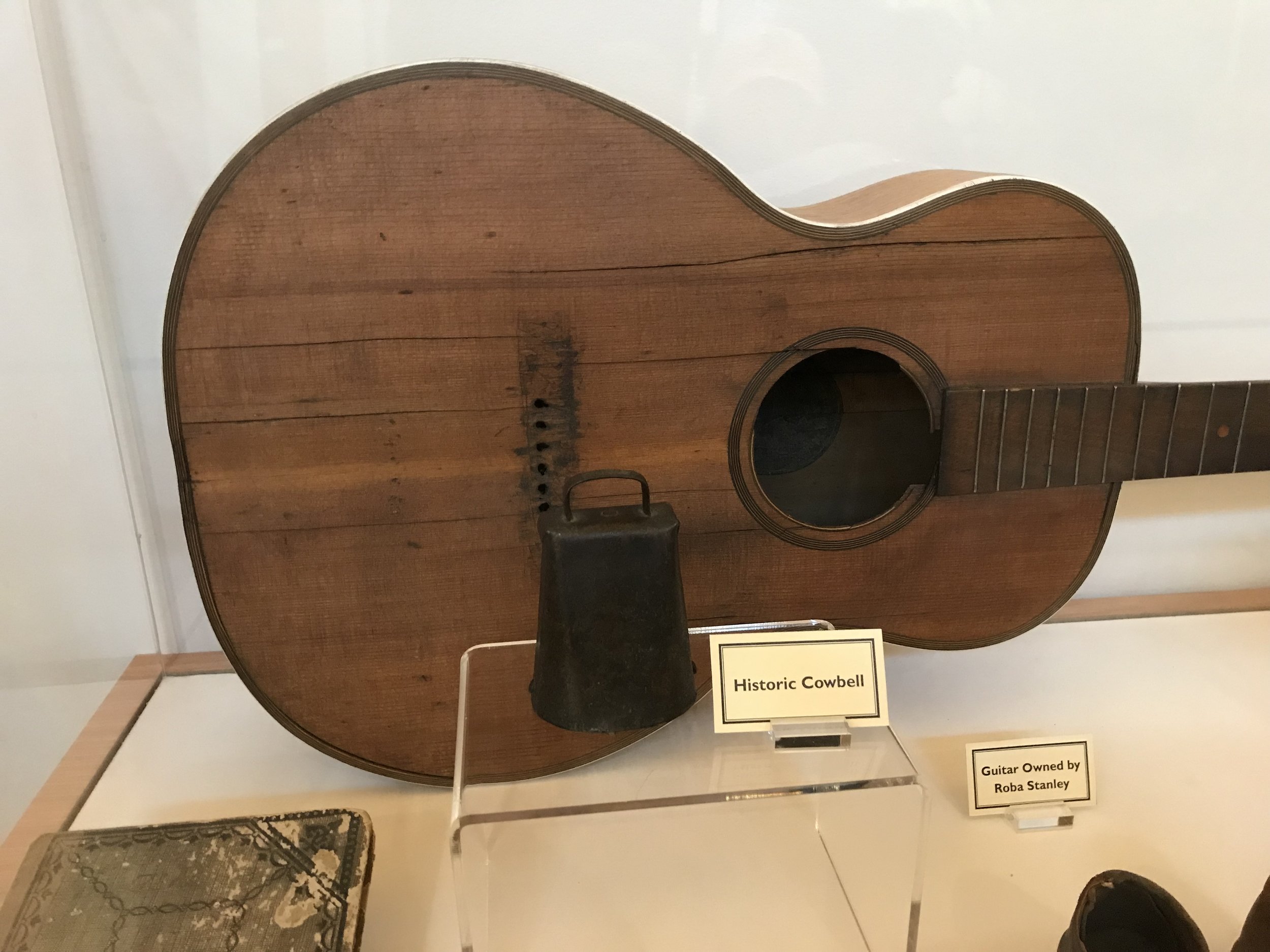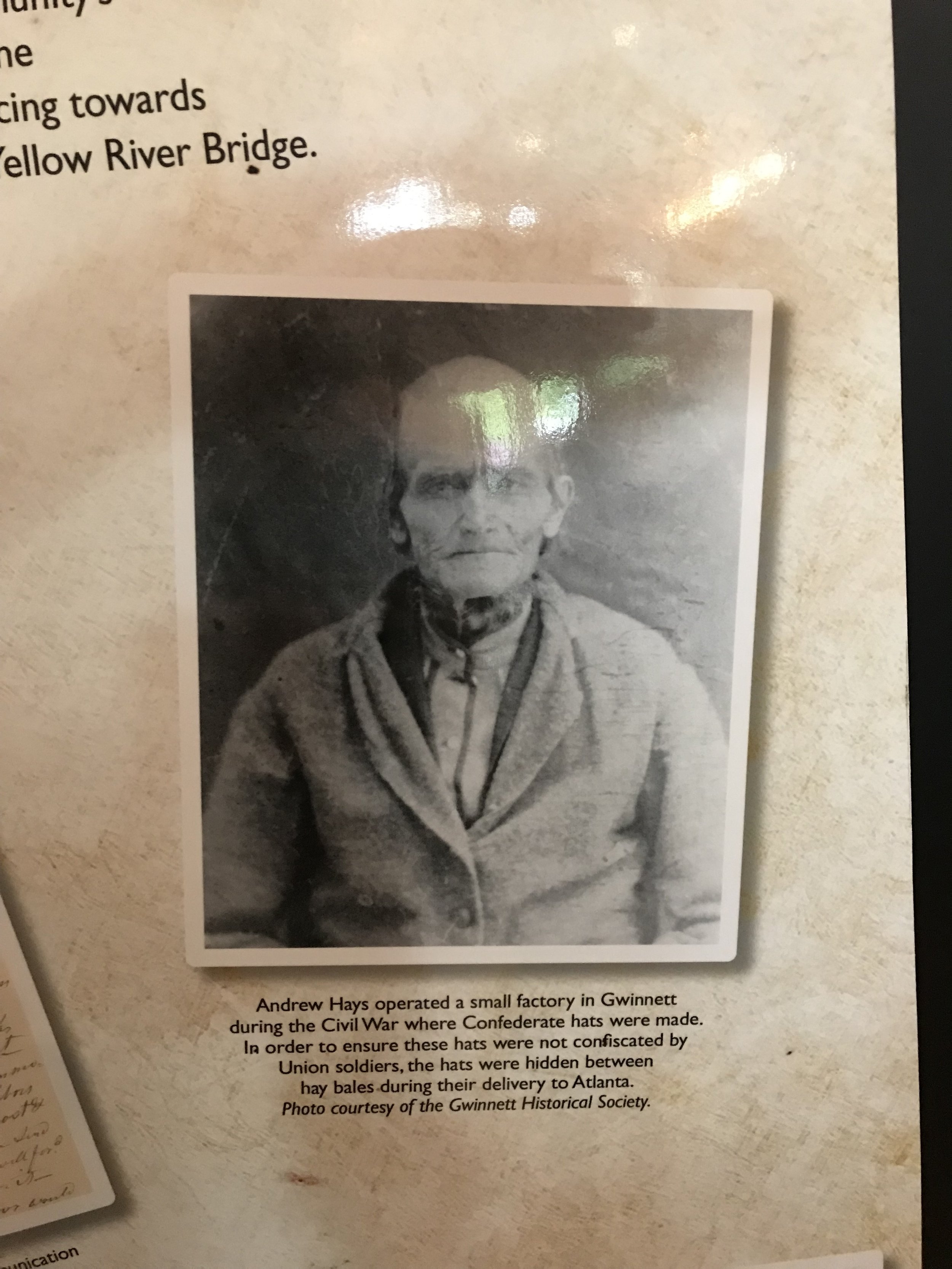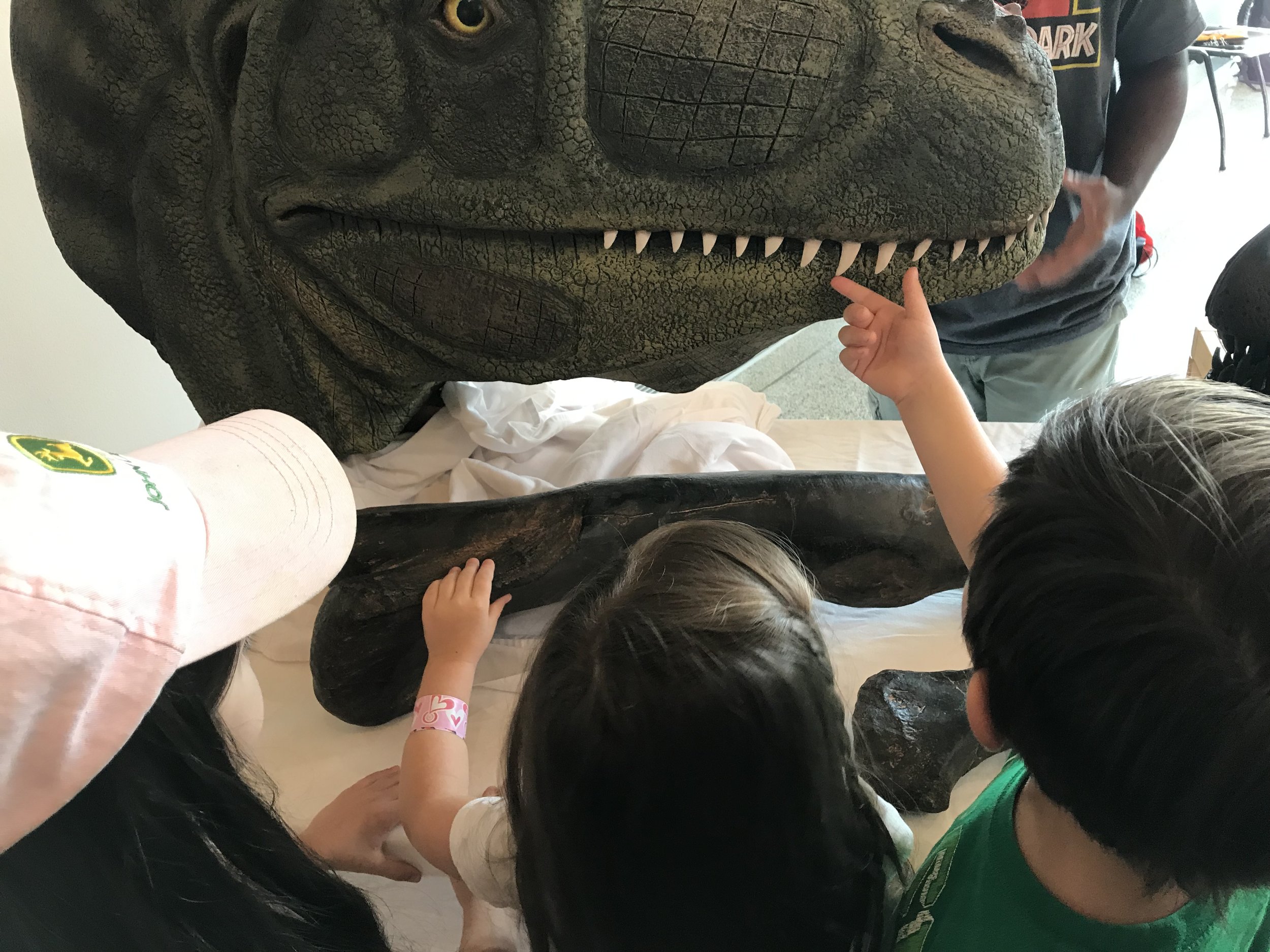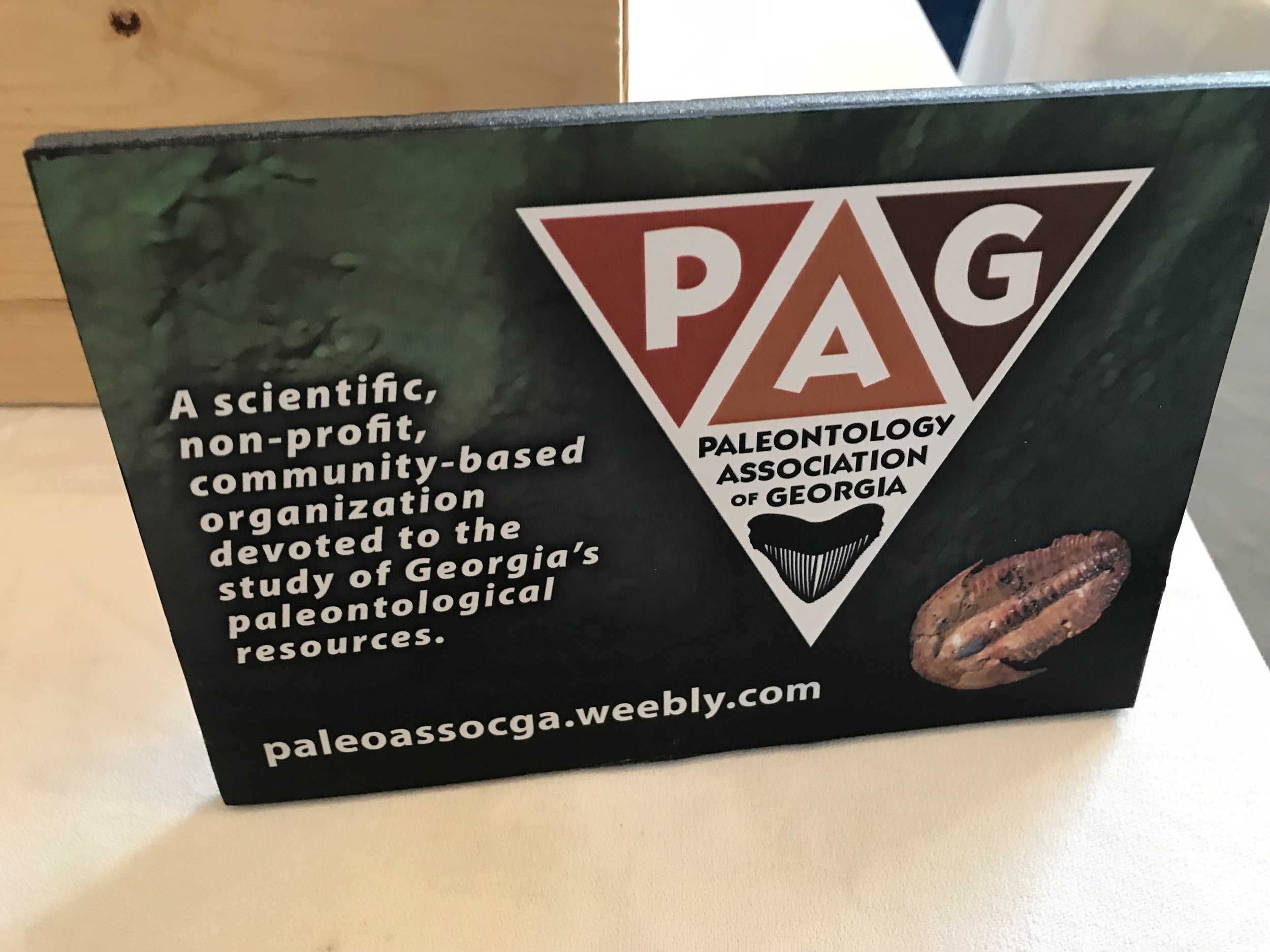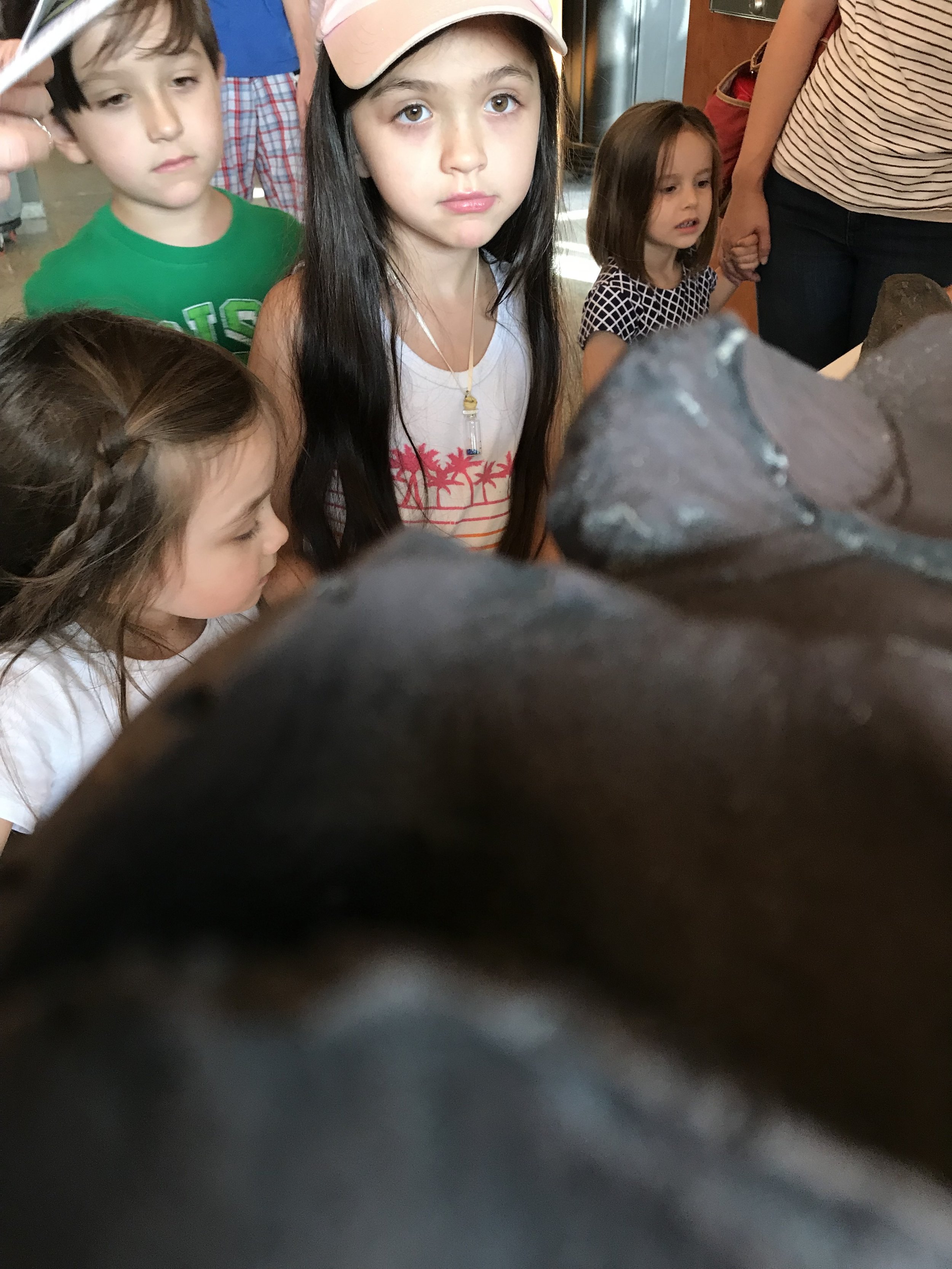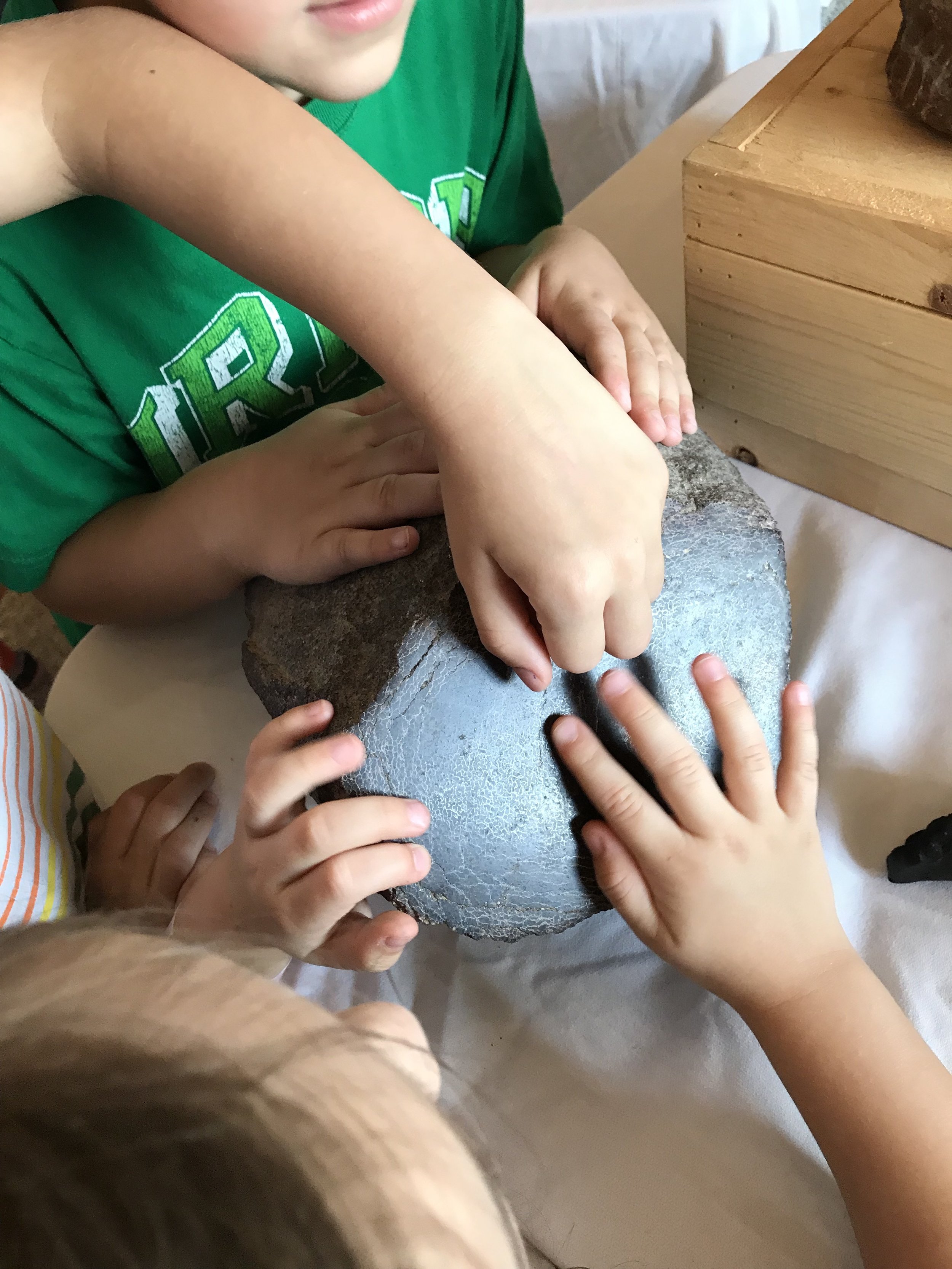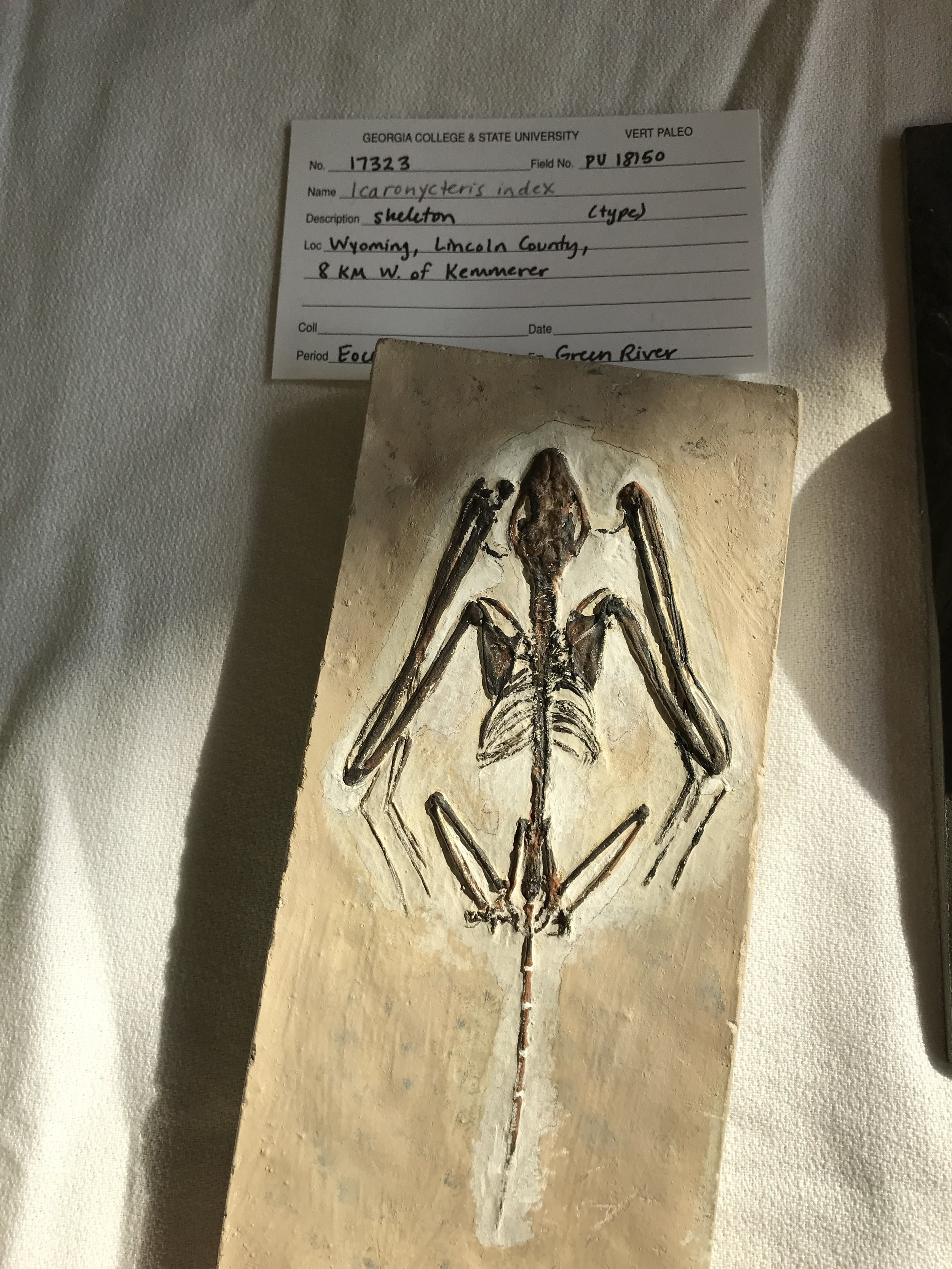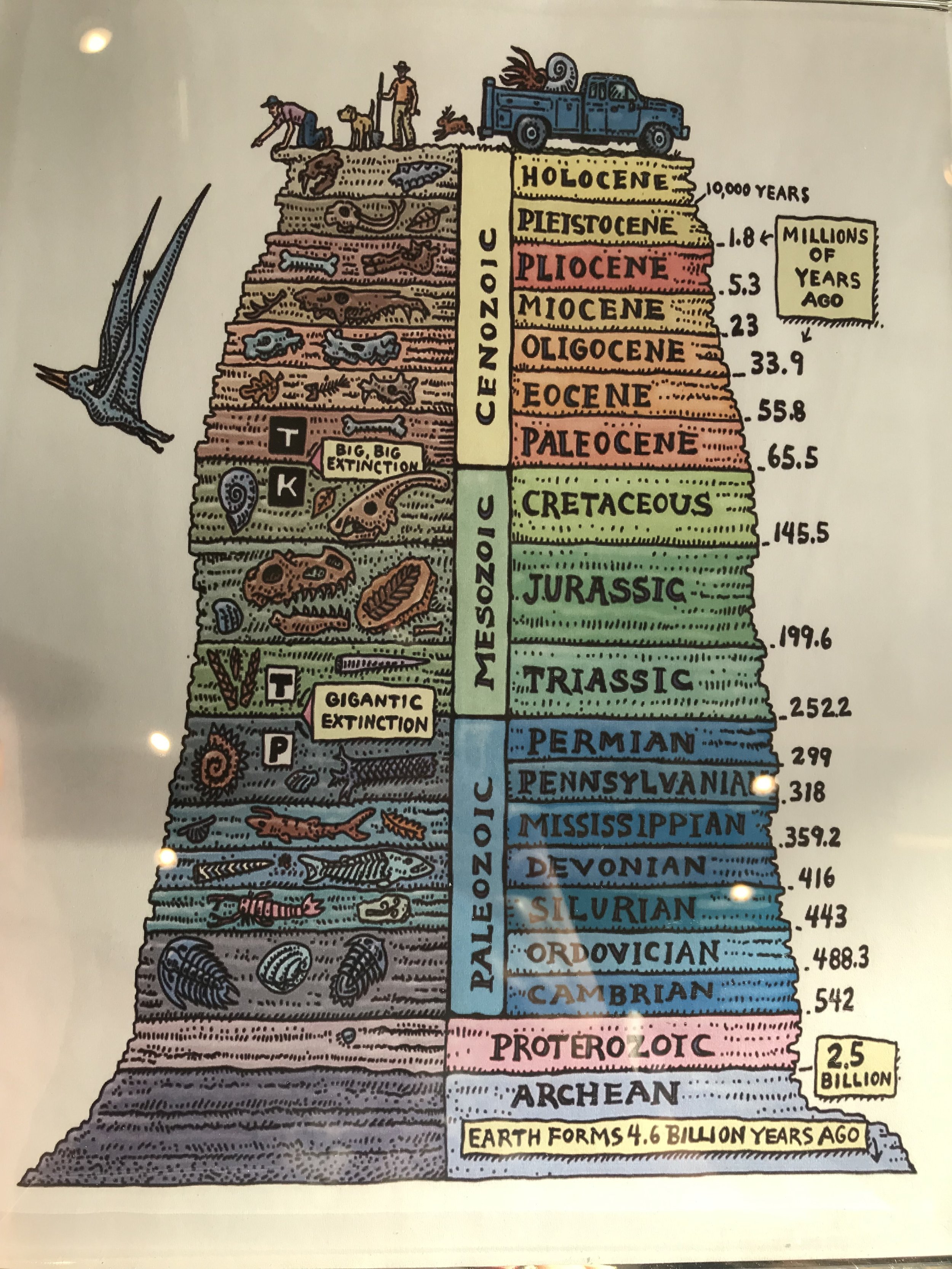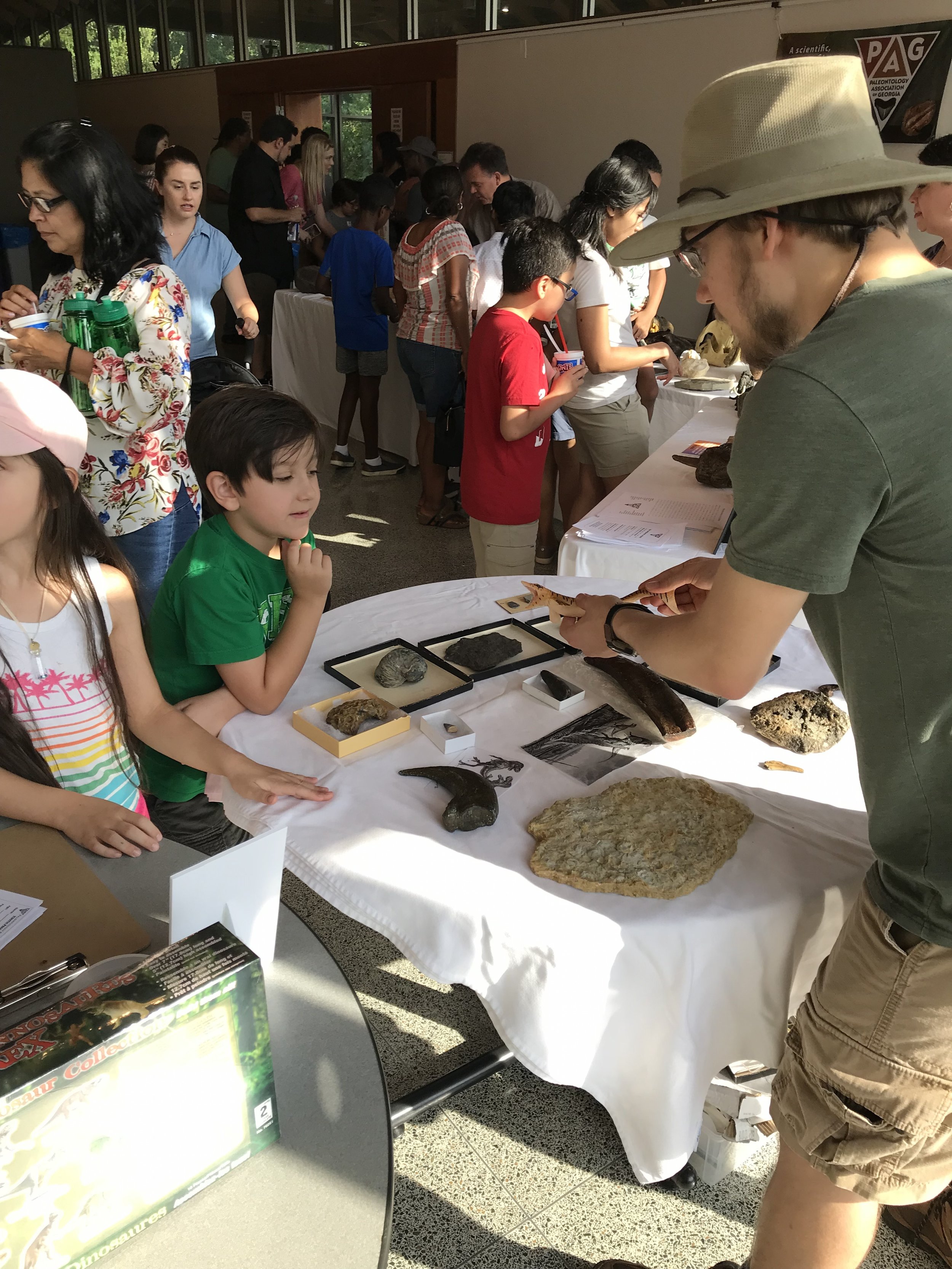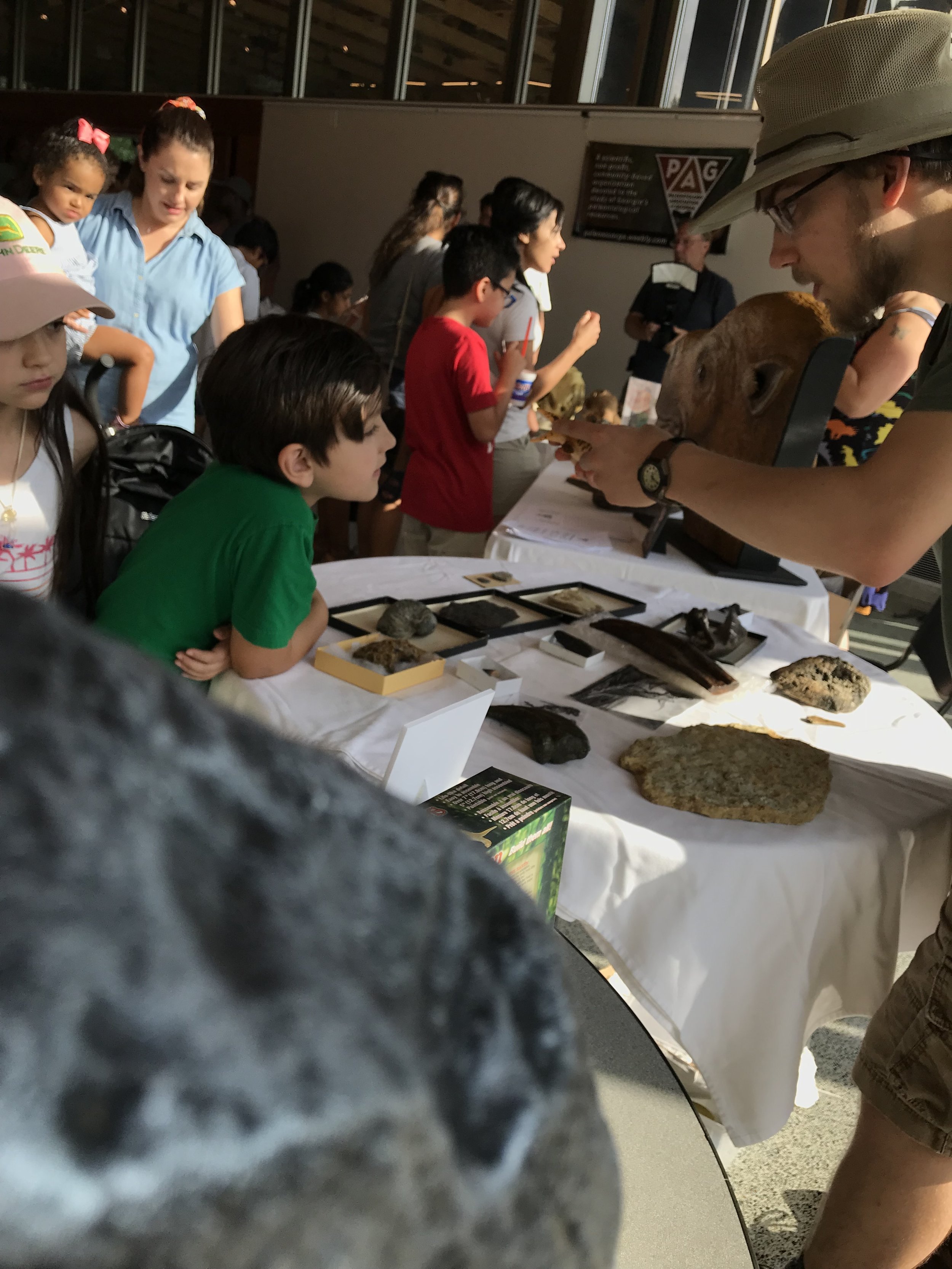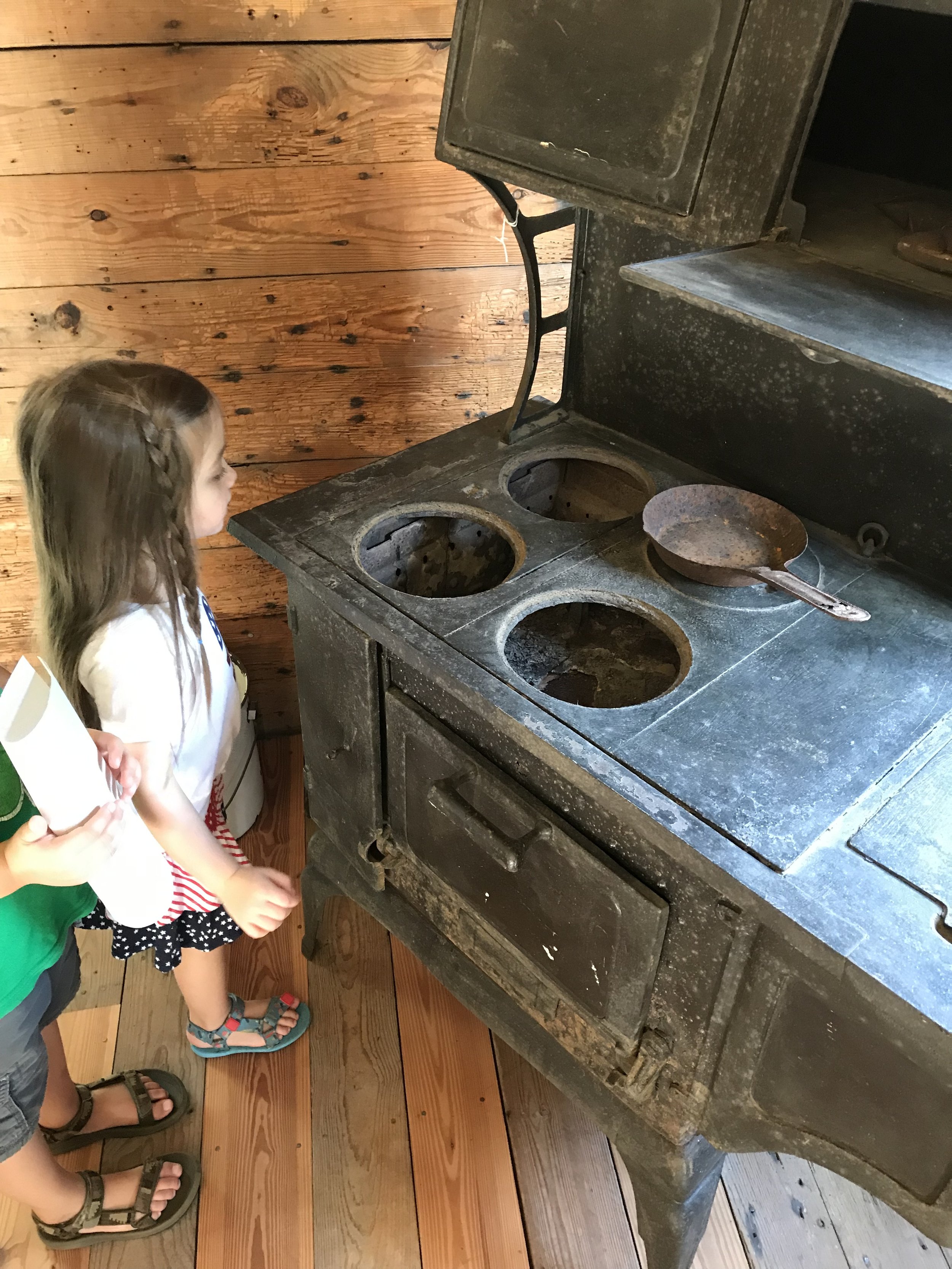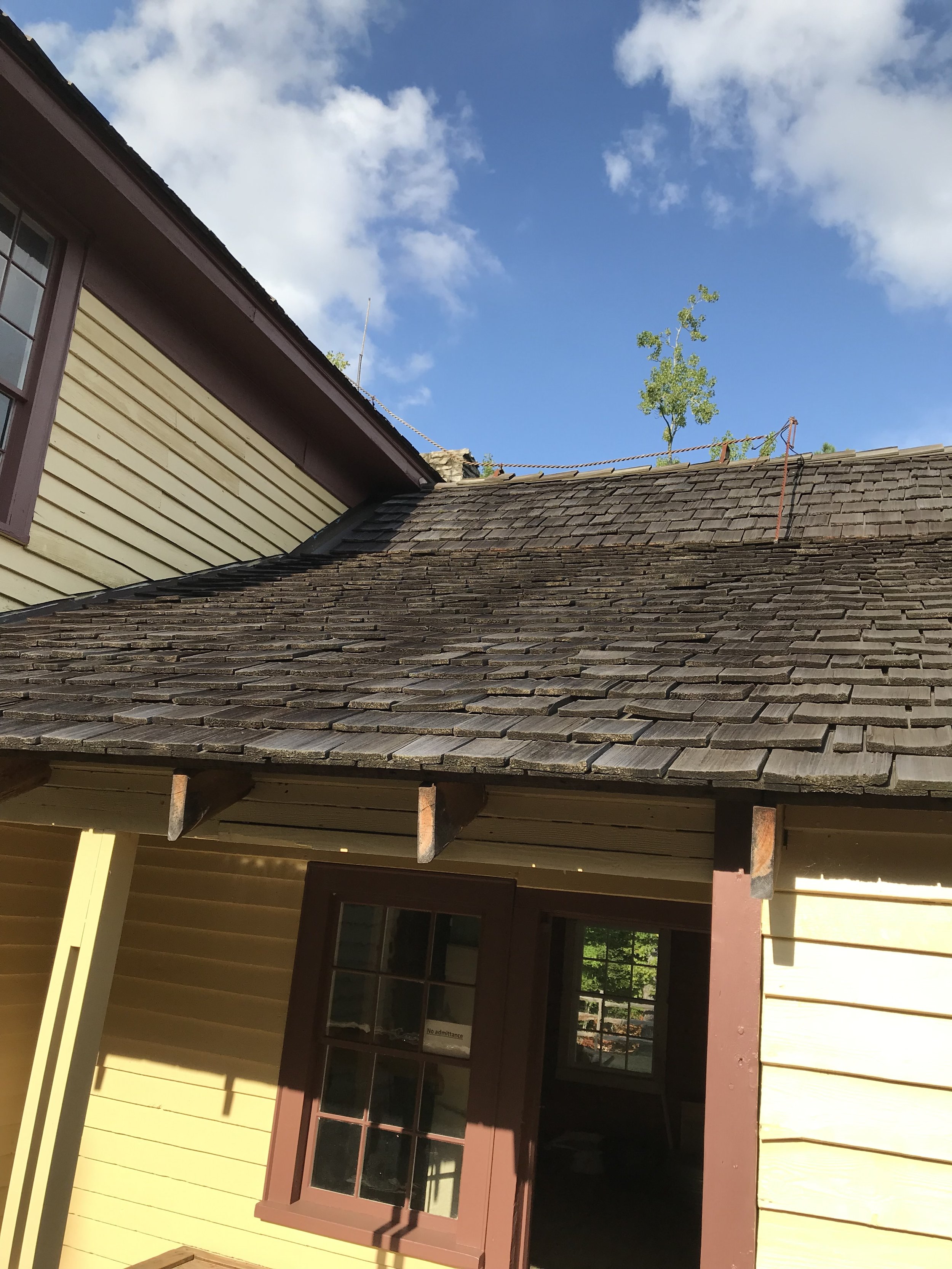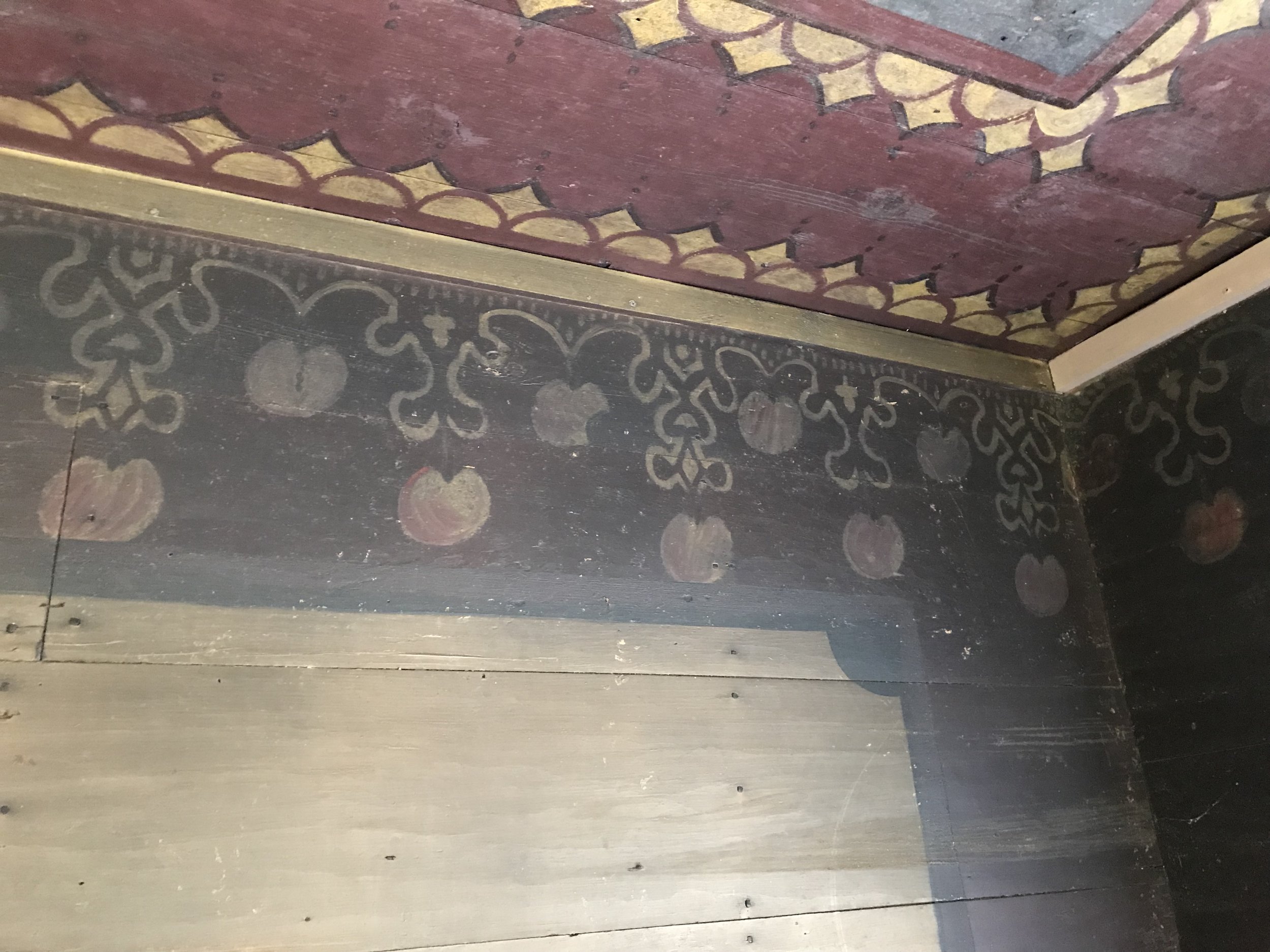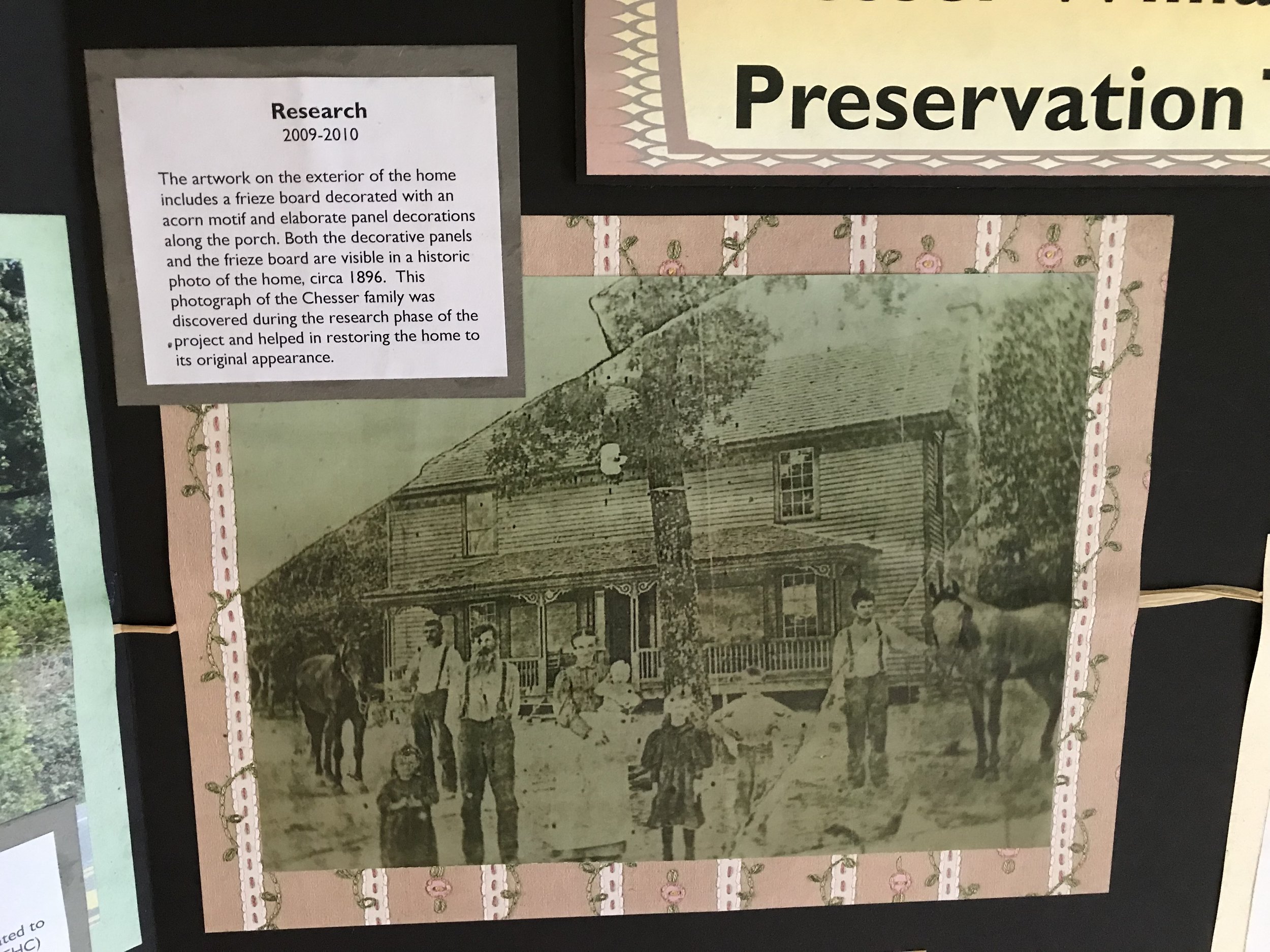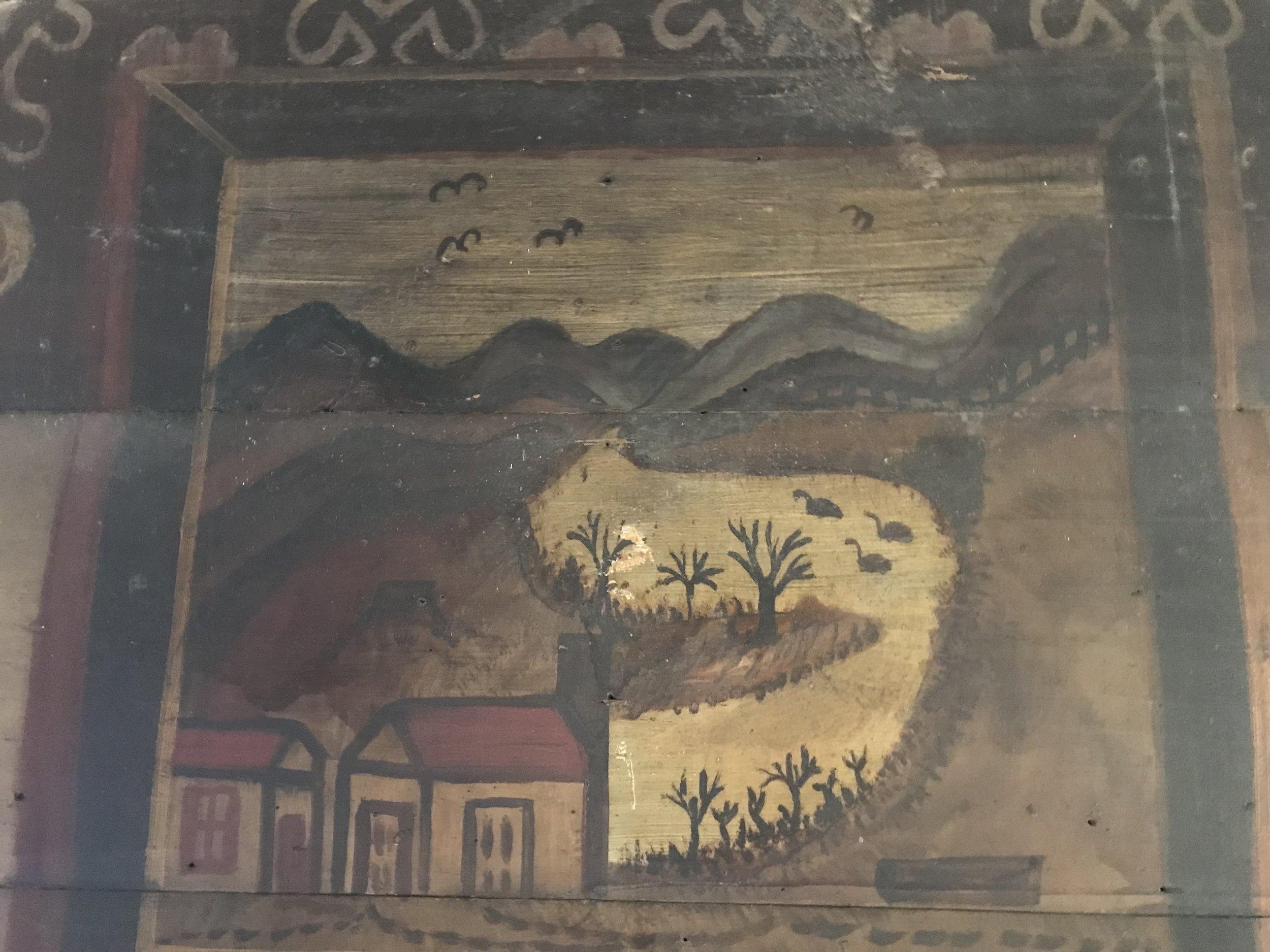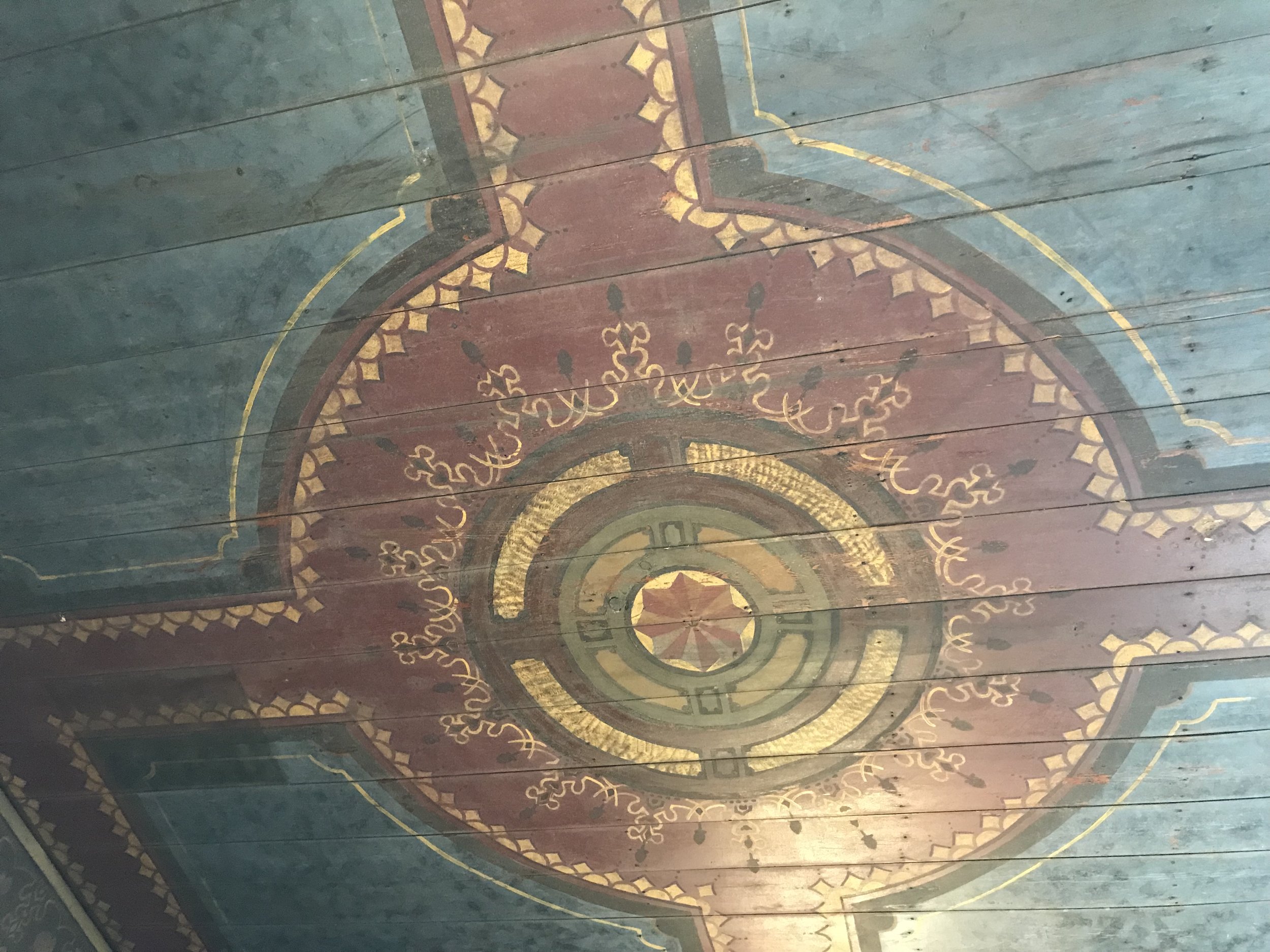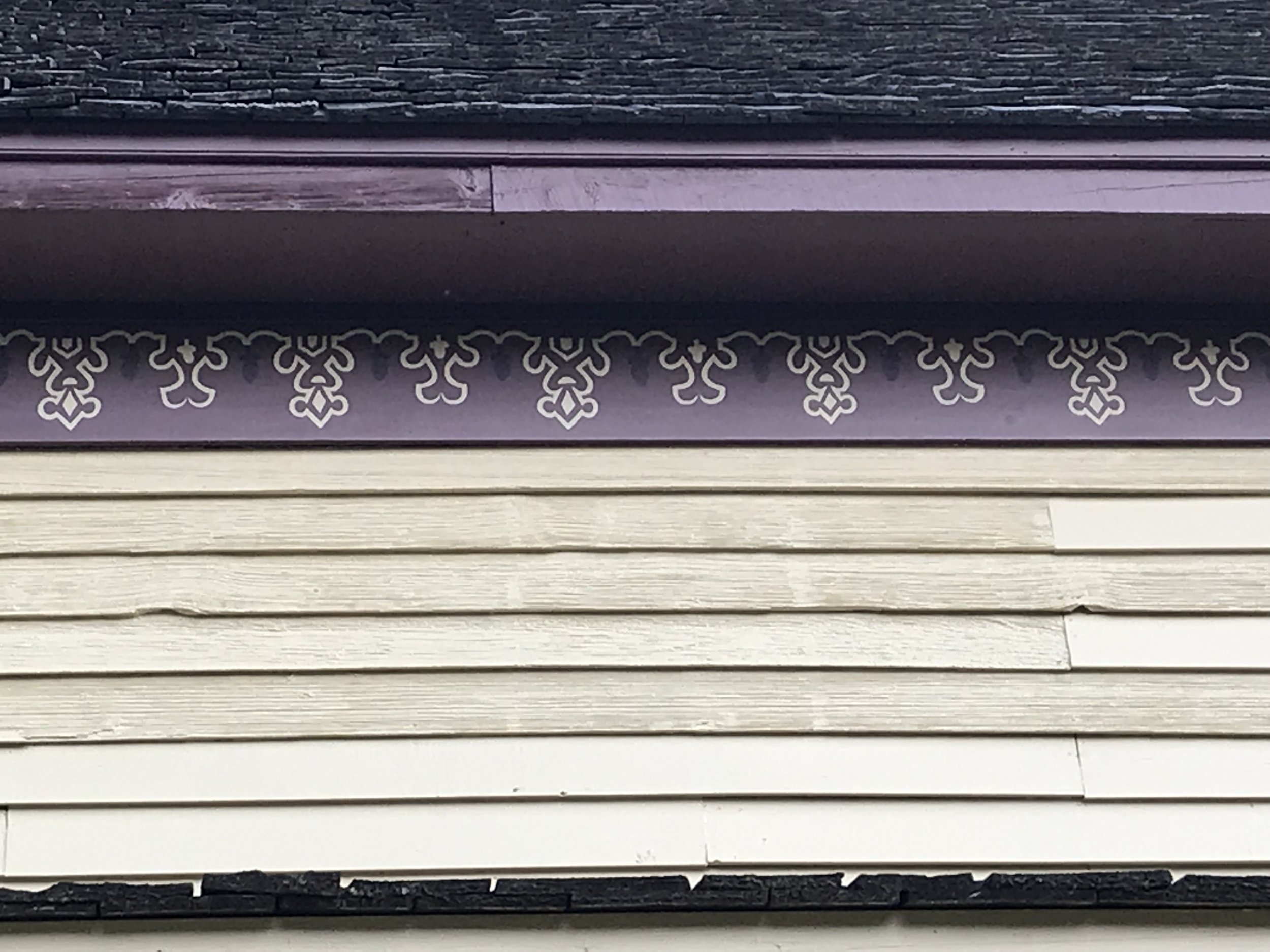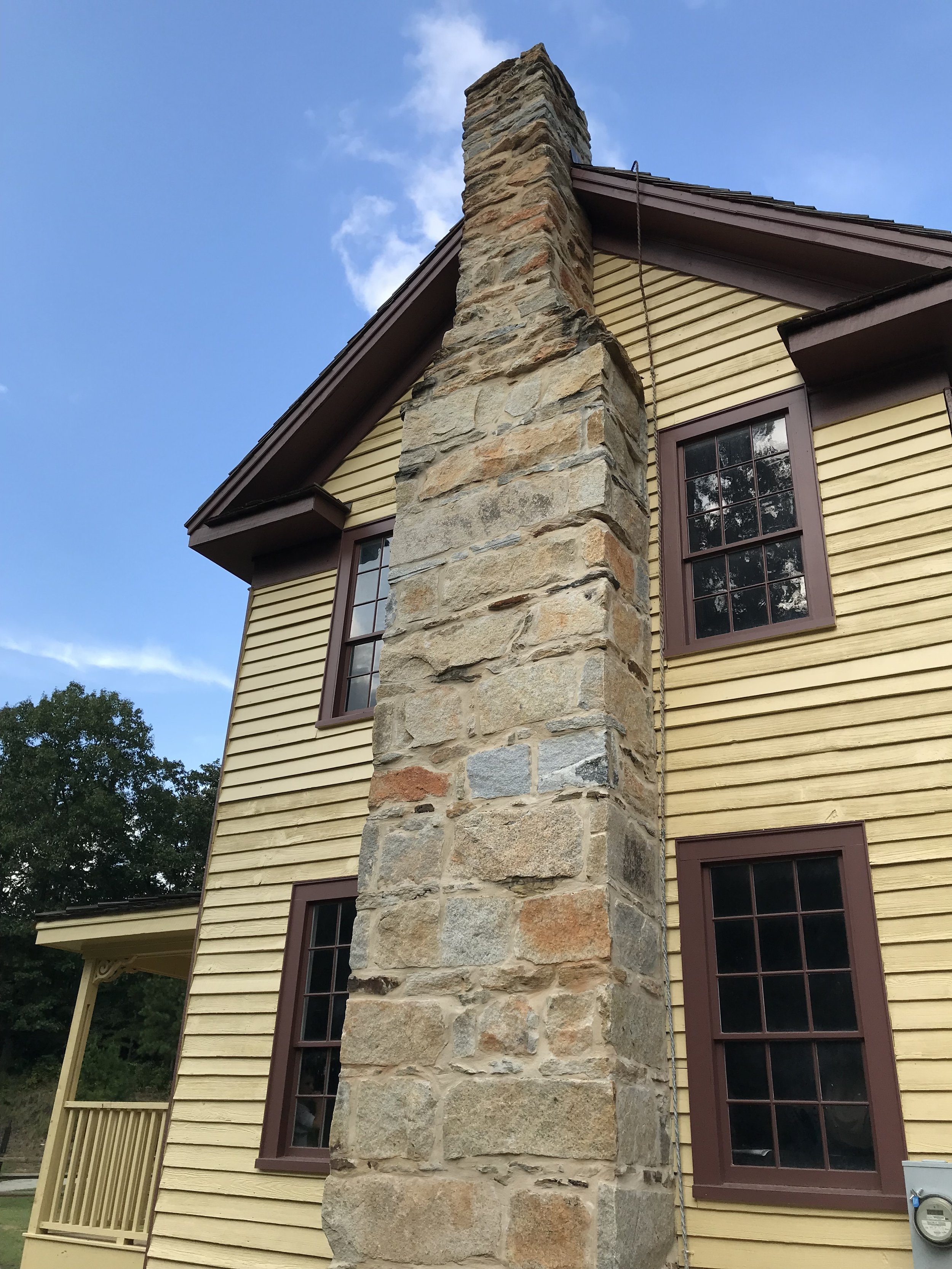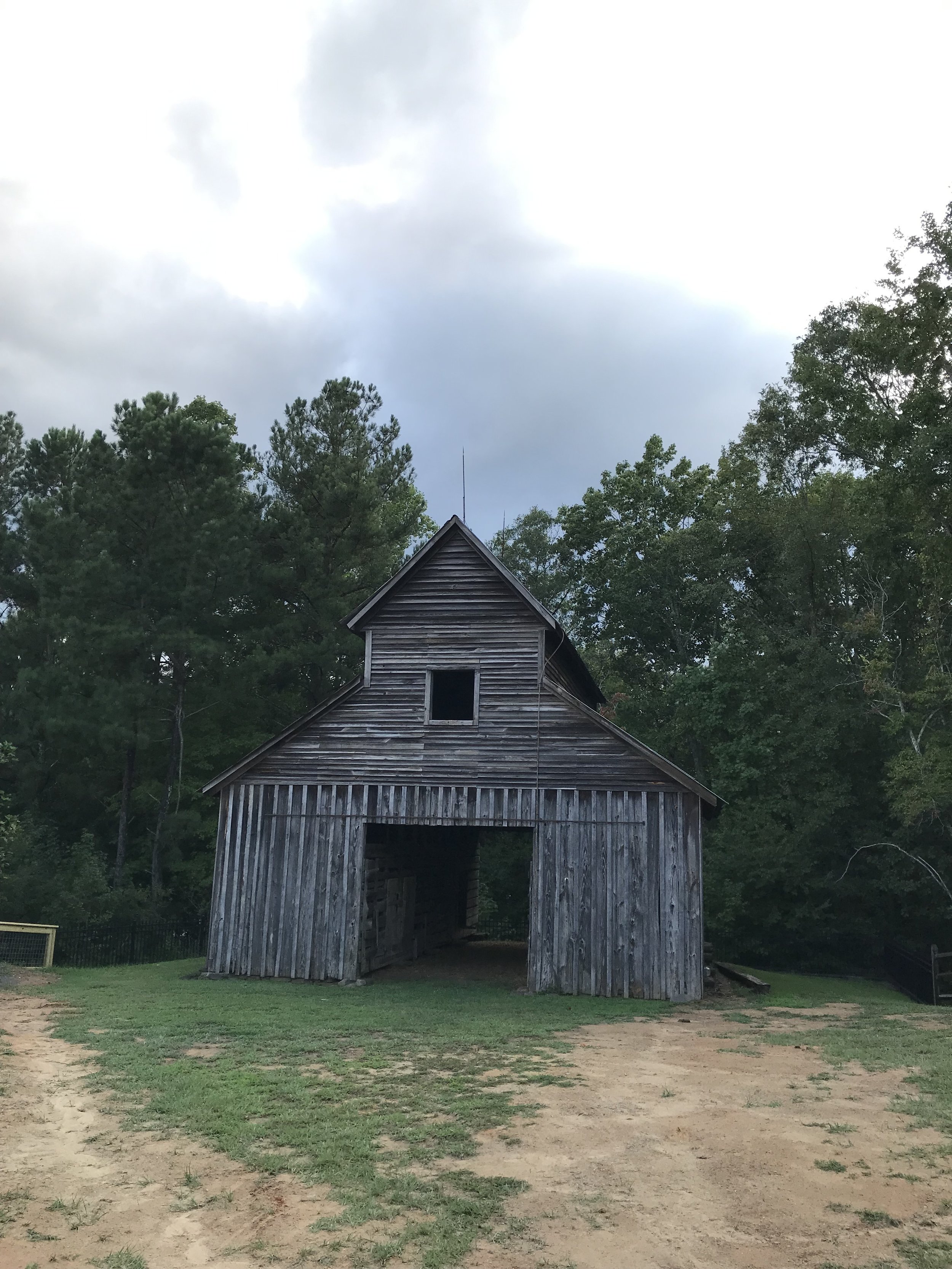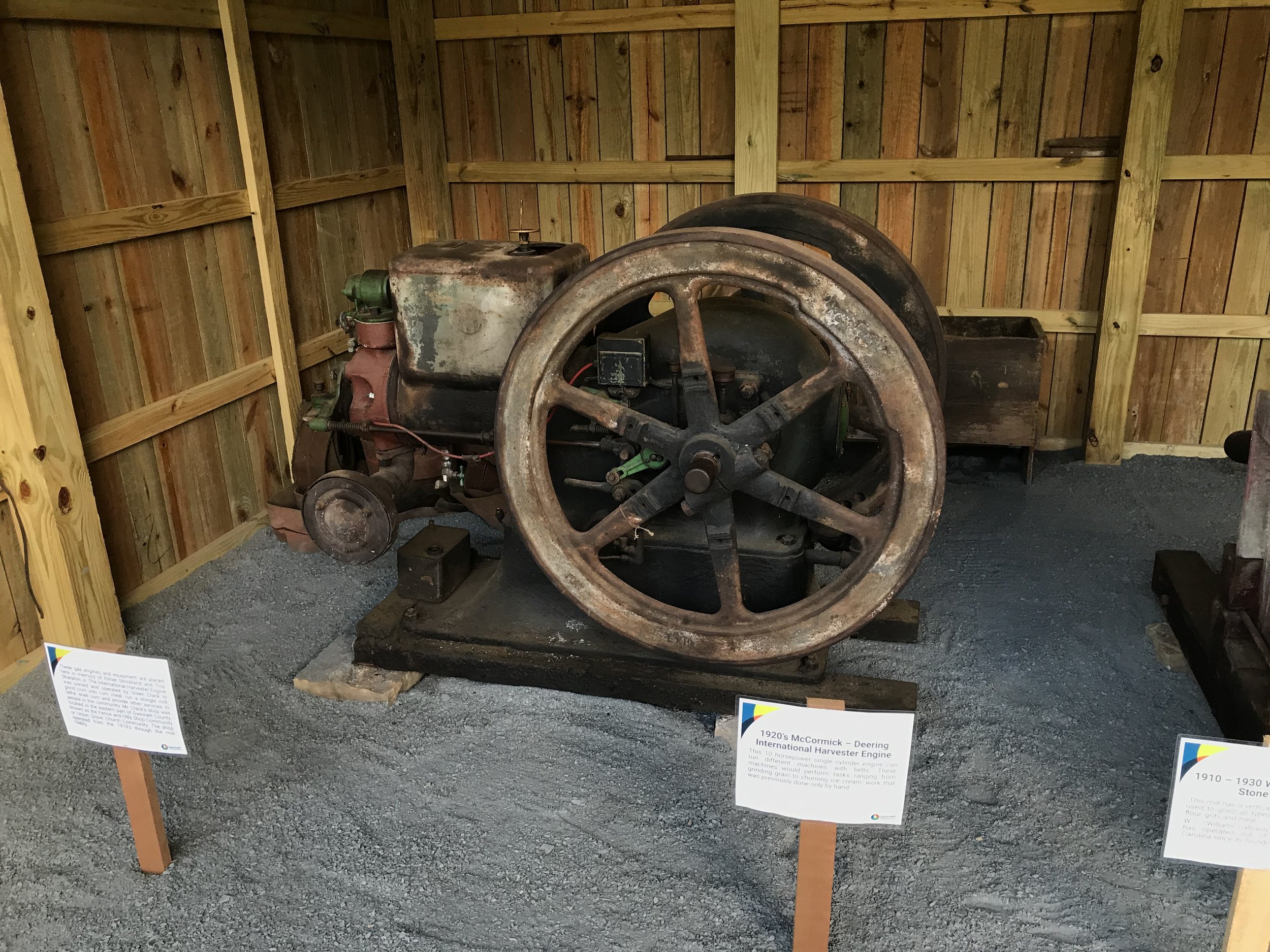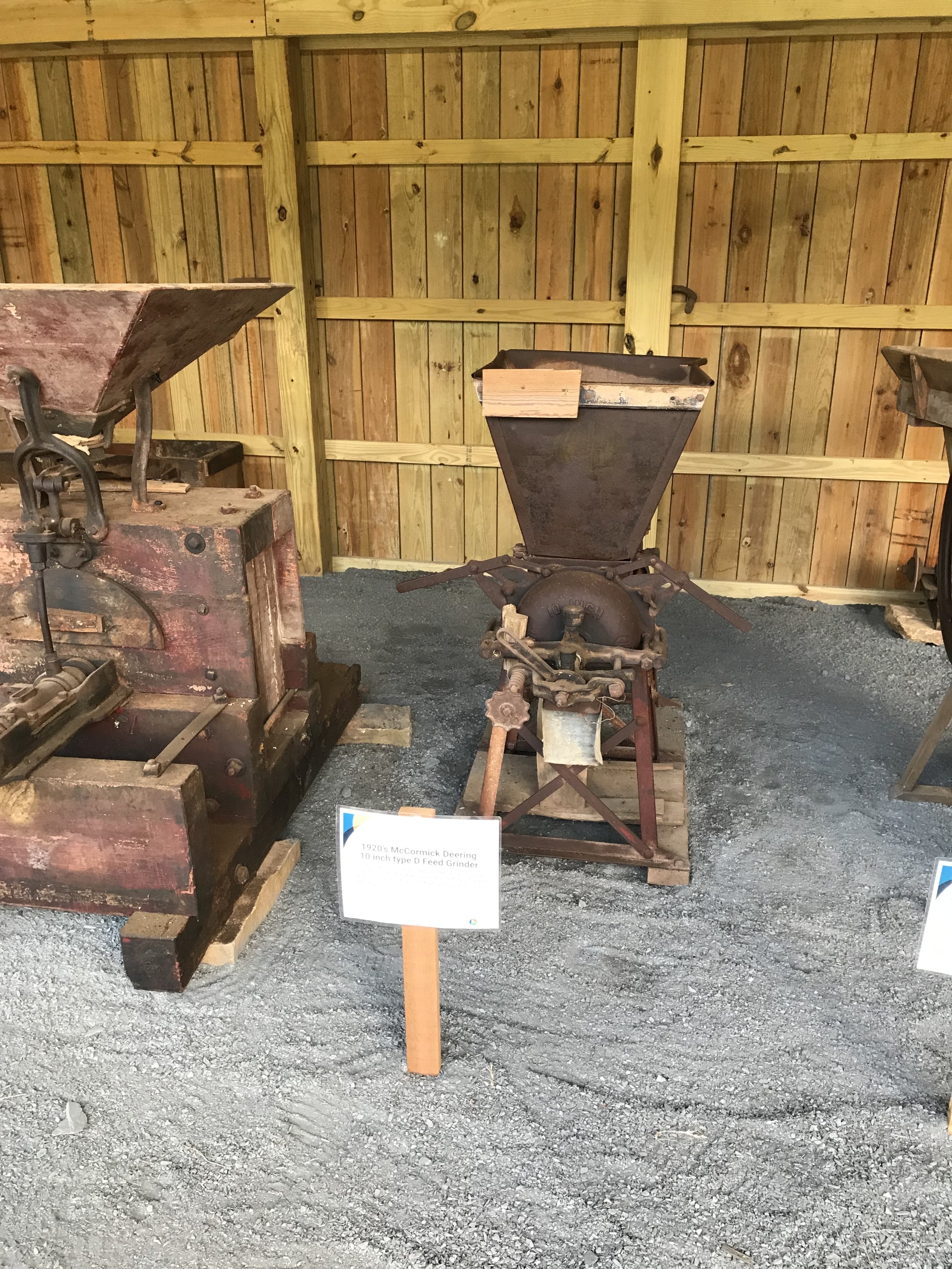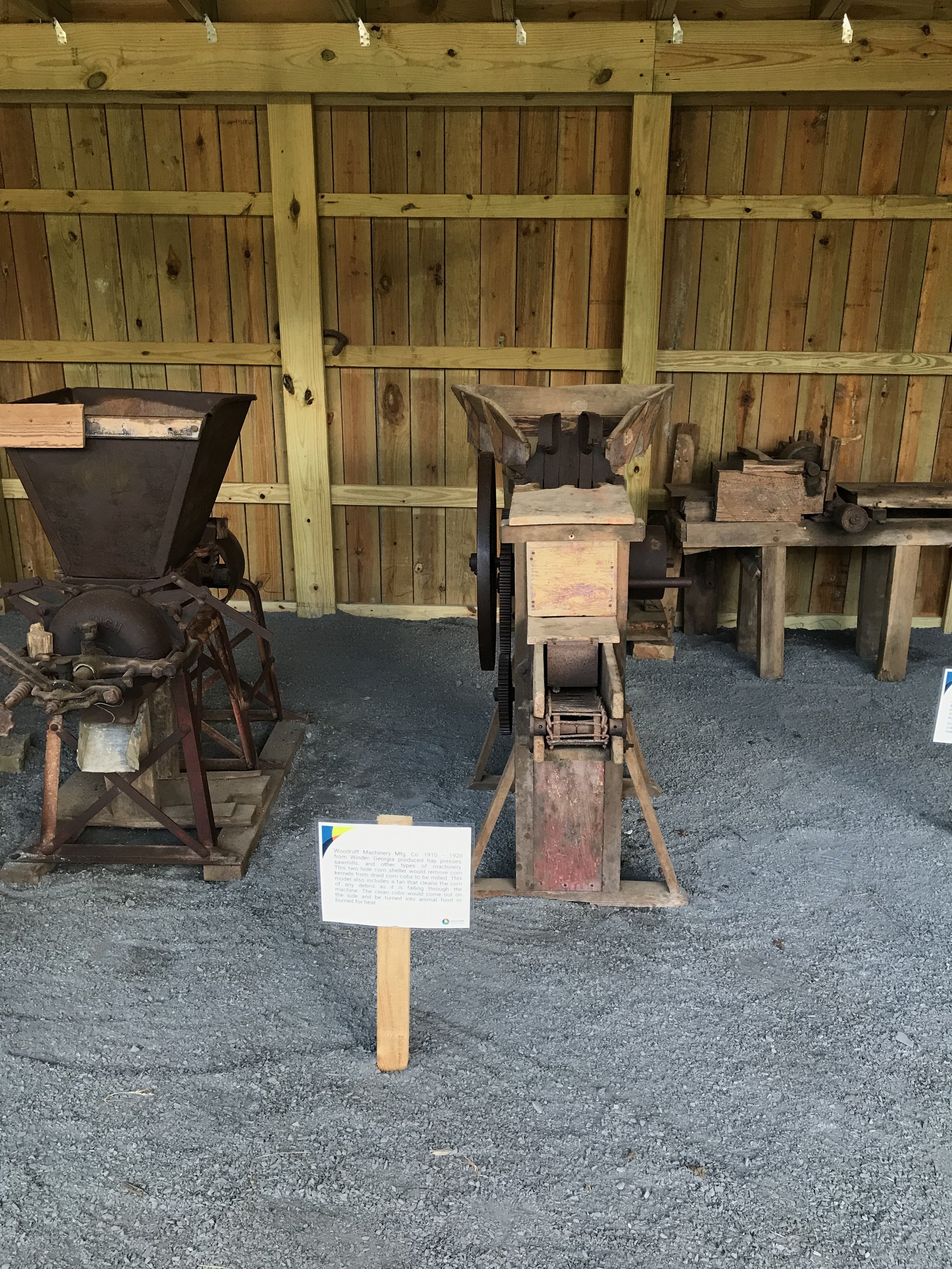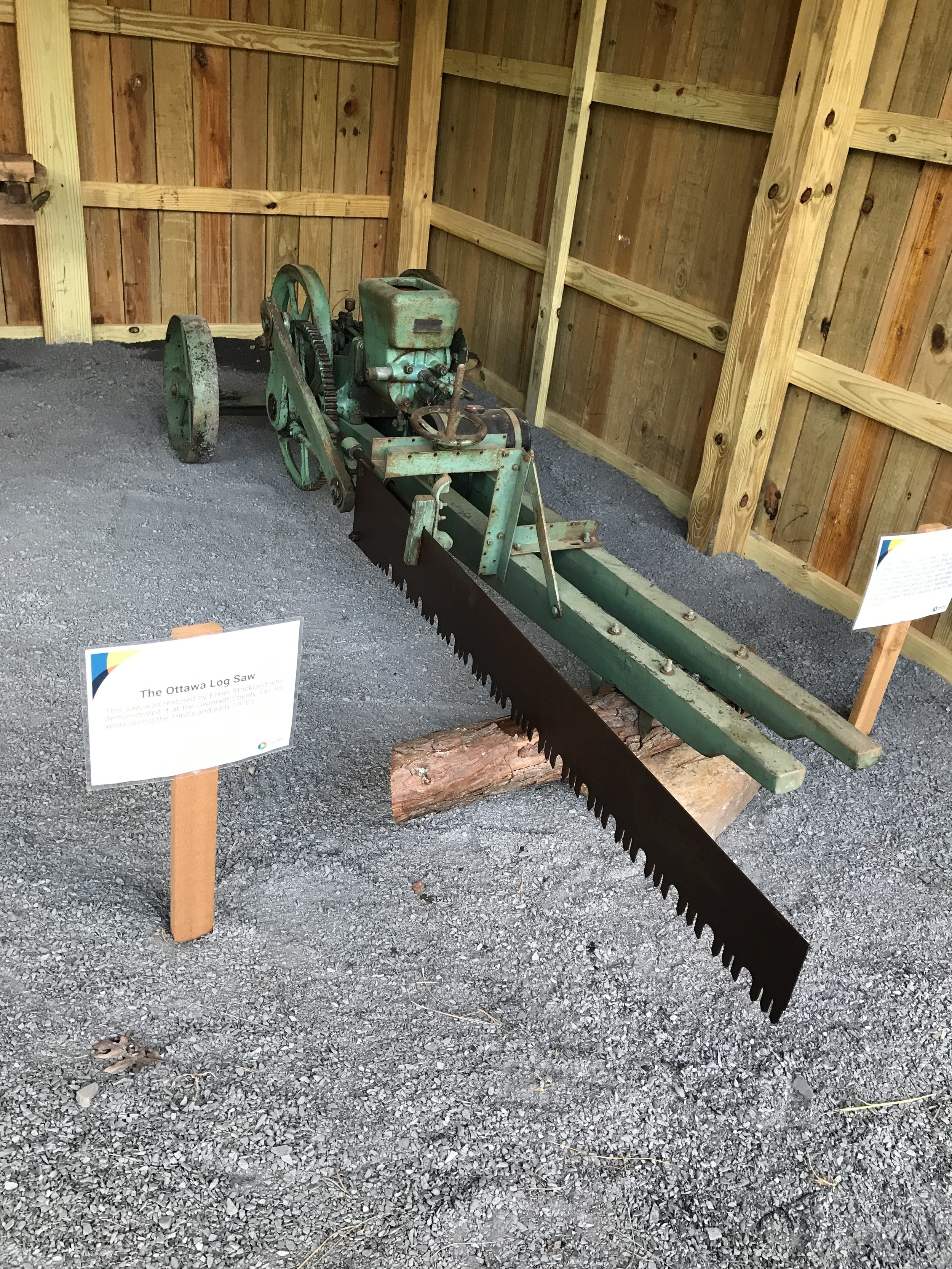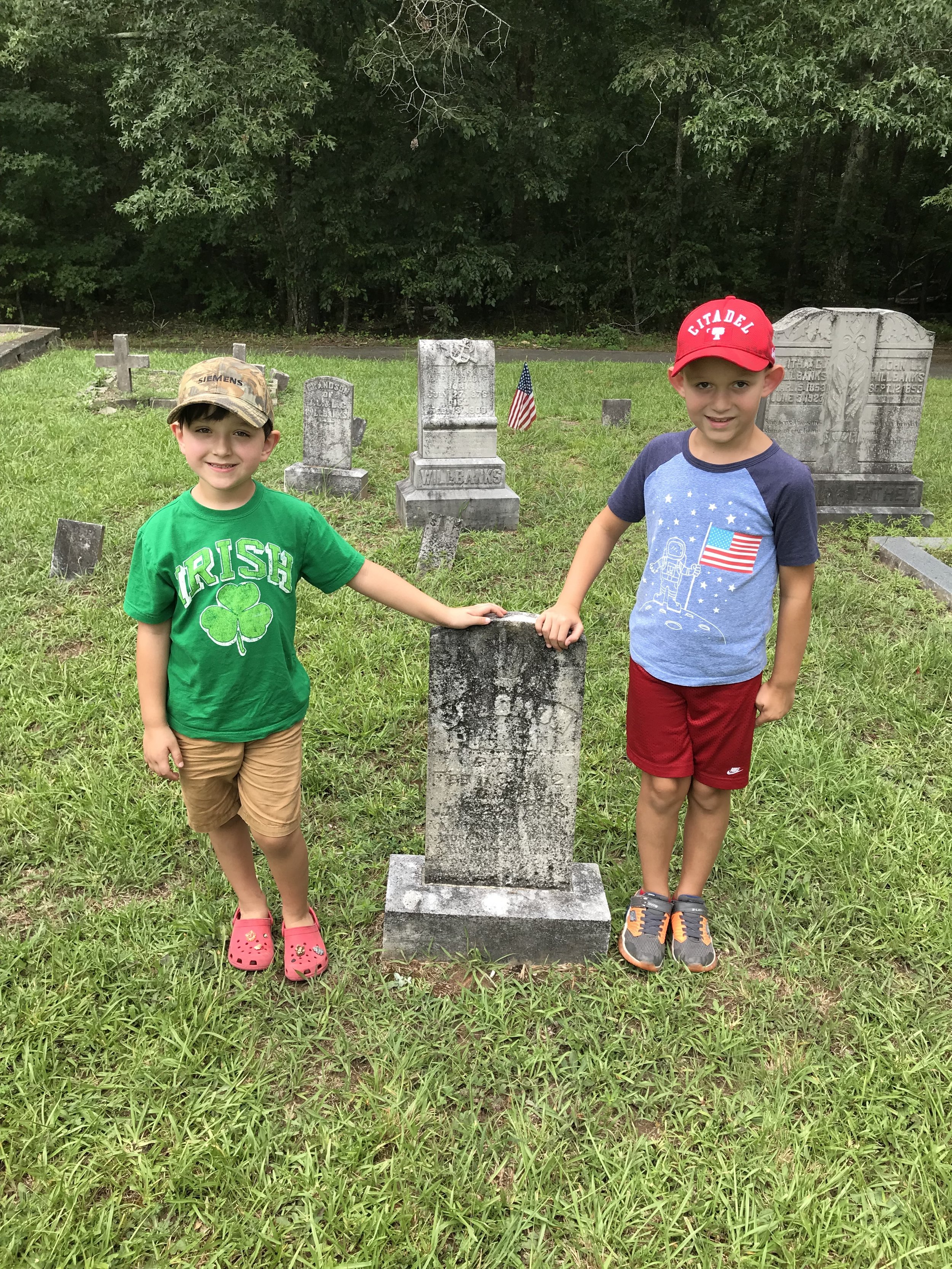I’ve been processing this for a bit and I cannot craft my feelings with eloquent precision so forgive my ramblings. After reading through these posts for the past months I thought I might share a few thoughts.
First, I would be called a transplant. We moved to Morgan County last year. We have spent a great deal of time researching several counties, cities, and reviewing their long-term growth plans. I looked at infrastructure, population history, and development plans. At the conclusion of our search we came to Morgan County. With 20,000 people, an agricultural economy, and no major industrial infrastructure it was the clear choice. We love our little farm and the community. I love that on a recent trip to the dump I ended up having a 30-minute conversation with a lifetime resident because she did not recognize my truck. We talked pleasantly about the community’s past and our shared passion for genealogy. This is why I brought my family here, not to change things, but to be a part of things.
I transplanted from Gwinnett County. My family has been on the banks of the Apalachee River there since the 1790s. Yes, the 1790s. I have a deep tie and connection to that place. I have many memories of the stories the old timers shared with me about where things happened and who lived at specific places and what events shaped the places. As a kid I could take my 22 and walk for hours through fields and hardwoods without seeing another person. I grew up off the Hamilton Mill road exit of I-85. As a child there was one gas station there and it closed for lack of business. It was a beautiful place where neighbors knew each other and maintained their community. I want my family to experience that same closeness, so we came to Morgan County.
I left Gwinnett County. I spent some time working in Pittsburgh, Philadelphia, Baltimore, Buffalo, and North Jersey before my job transferred me back home. I saw what post industrial landscapes would look like after years of growth and decline. When I returned to Gwinnett my taxes were a relief compared to what I paid up North. The county I returned to was not the county of my youth. Red lights had replaced stop signs. Chain restaurants and gas stations replaced the older local establishments. Leadership of the county and towns has transferred to well-funded businessmen displacing the local long term families. I watched as farmers and land owners sold their places to developers. The hills were flattened and the streams diverted through culverts so that the land could be better suited to bigger developments. Ponds and wetlands that had been staples of the community became silted up with high flood cycles caused by the increased impervious surface. The population boomed. People like myself were now viewed as speedbumps to progress rather than a local asset. Gwinnett County no longer represented me, nor did they care to.
I understand Mr. Varner’s predicament with his family. They probably all wanted something different to be done with the family farm. My family experienced a similar incident in 1945. My 3x Great-Grandfather went from absolute poverty to building a real estate empire. “Newt” Pharr owned so much property that when his kids sold out his estate it took 3 pages in the Atlanta Journal to list everything. He owned farms, businesses, and almost every mill on that side of the county. Tribble Mill, Hugo Mill, the Dacula Electric Mill, Freeman’s Mill were a few of the sites he owned. When he died, the kids immediately began fighting over the land and money. In the end, my family owns none of it anymore, and the cash gained has long since been spent. All those places (with the exception of Freeman’s Mill) exist only as road names now. It will only be a matter of time before those road names are changed because they are no longer politically correct. Newt Pharr’s situation was a bit different than Mr. Varner’s because the land wasn’t marketed as one large lot. All that being said, with the prime price received for the land under the nondisclosure agreement, there will be some consequences. Neighbors and community members will feel betrayed. What the sellers have decided at the end of the day is that money is worth more than the community, neighbors, and friends.
There is a counterpoint to the NDA, be a holdout and refuse to sell. With that comes the possibility of condemnation of the civil authorities. The government could move in and take your land. They could pay you “fair” market value as they see fit. A businessman takes the money and deals with the consequences. Some refuse to accept the Faustian bargain and instead stand on morals. Morals don’t come cheap especially when we live in a time of big men and small morals. The man who stands and fights will probably see a financial loss for his efforts. If you’re a believer in the Bible you’ll probably recall that “loving favor is better than great riches.” I’ve had the great honor of knowing some fighters in Gwinnett. One family I know has been targeted again and again because they hold land. I can tell you this, I hold that family in higher esteem than I ever will a sellout. Those that sell may be good people, they may be pillars of the community and leading members of the local church; but in the end they chose money.
I believe it is a land owner’s right to do with their property as they see fit. When those choices infringe on the rights and freedoms of others, the need for some checks and balances come into play. You see this in the earliest land records of the area where someone who builds a mill has to ensure they won’t hamper the water rights of those downstream. To see the State of Georgia take over control of the Rivian development robs local citizens of their representative rights. We don’t live in a democracy; we live in a Republic. In a democracy the majority of people can vote to force a solution, in a Republic there are checks and balances to represent the minority of citizens when the power of the majority oversteps or pushes an agenda without minority inclusion.
I’ve been thinking on the local political landscape as well. After Teddy Roosevelt left office he delivered one of his most famous speeches ever titled “Citizenship in a Republic”, most people know the following quote from the speech.
“It is not the critic who counts; not the man who points out how the strong man stumbles, or where the doer of deeds could have done them better. The credit belongs to the man who is actually in the arena, whose face is marred by dust and sweat and blood; who strives valiantly; who errs, who comes short again and again, because there is no effort without error and shortcoming; but who does actually strive to do the deeds; who knows great enthusiasms, the great devotions; who spends himself in a worthy cause; who at the best knows in the end the triumph of high achievement, and who at the worst, if he fails, at least fails while daring greatly, so that his place shall never be with those cold and timid souls who neither know victory nor defeat.”
What troubles me in thinking of this was a quote by my Commissioner, Ben Riden. When interviewed by Doug Richards of 11Alive on March 10th he stated “I don’t believe based on the time frames there was really an opportunity to fight it. I think it was one of those things where, it was a decision was made to move forward and that’s what they did.” Commissioner Riden then affixed his signature to the document requesting the state take control. If Mr. Riden felt there was no way to fight it, then he has joined those “…cold and timid souls who neither know victory nor defeat.” Mr. Riden had the golden opportunity to be a hero in Morgan County by leading the fight; and instead he elected to punt the football. Many would argue he knows more about the situation than I do, and no doubt he does. I know he is my representative and from the voices I hear from my neighbors he is not representing our views. These are all the same stories I heard in Gwinnett as a child. I remember distinctly one evening my family sitting quietly in the living room as my Dad called Mr. Dodd, our county commissioner, to express his opposition to the Hamilton Mill development. Mr. Dodd assured my Dad he was voting against it. The next night as we all sat in the Board of Commissioners’ meeting, I watched as Mr. Dodd raised his hand in favor of the development. I remember asking my Dad why Mr. Dodd lied. Mr. Riden and the other politicians have done one thing positive; they have made me active in local politics. I have volunteered to assist opposition candidates and have taken my children along to experience the work.
At the end of the day I’ll fight the Rivian project anyway I can. I will make myself more present in local politics (I have no desire to run for office though). My kids will learn what open requests do and how to hold people accountable. I’m a new guy in Morgan County. I came here and was blindsided by backdoor deals. It was all legal I’m sure; I’d say it was highly unethical and immoral. Y’all can feel free to disagree with me or make other points and I will be happy to discuss those with you.


